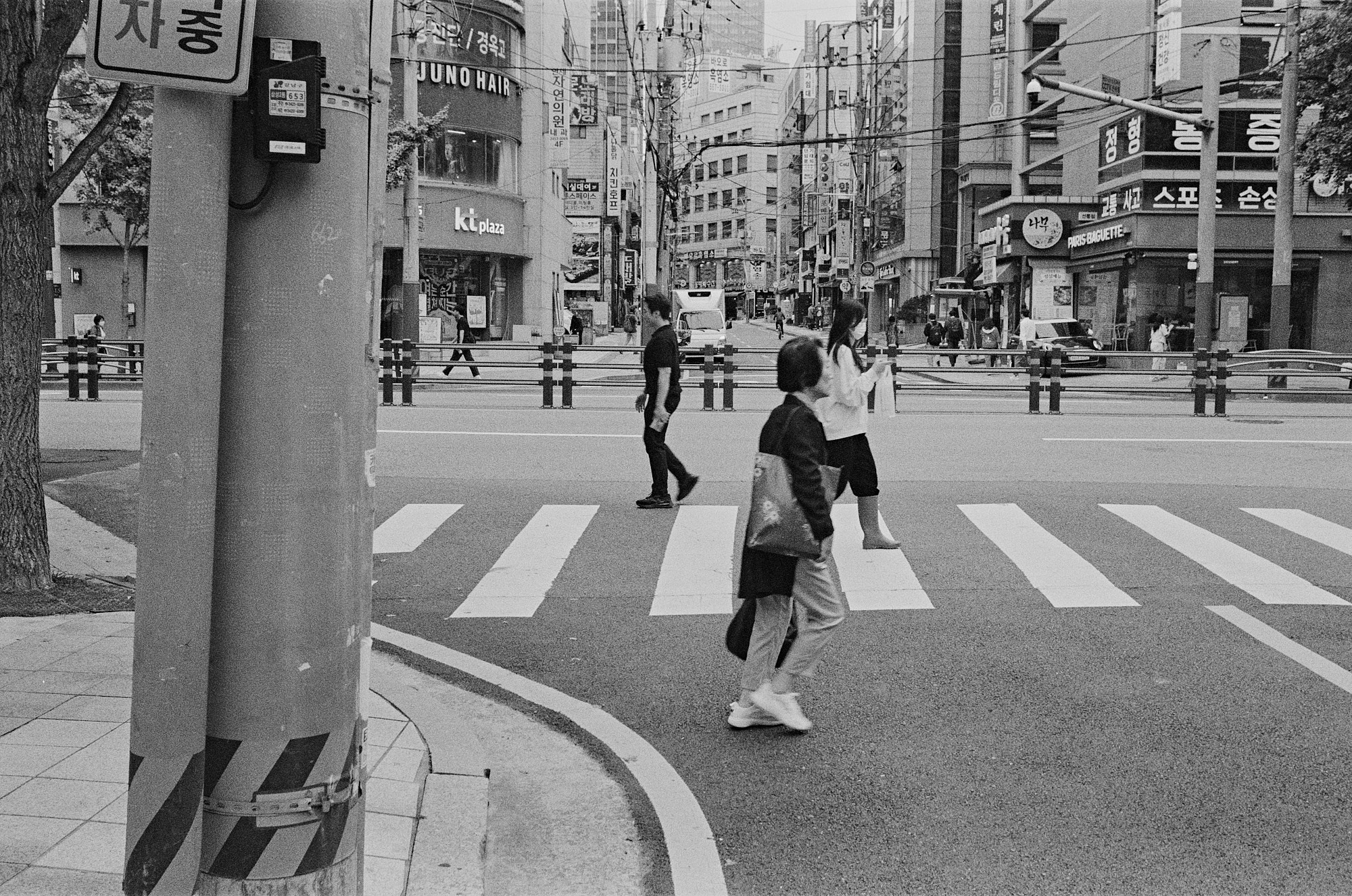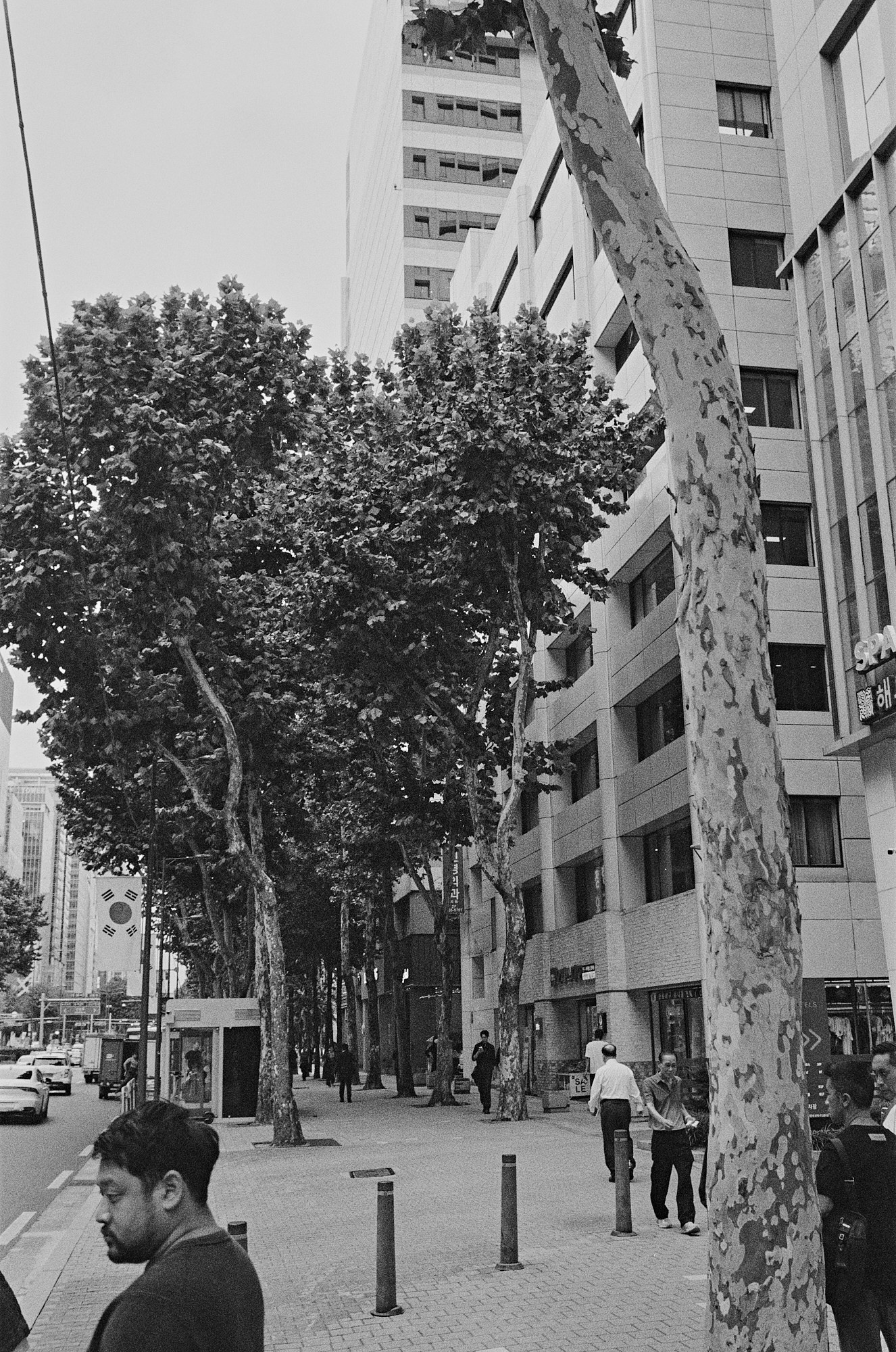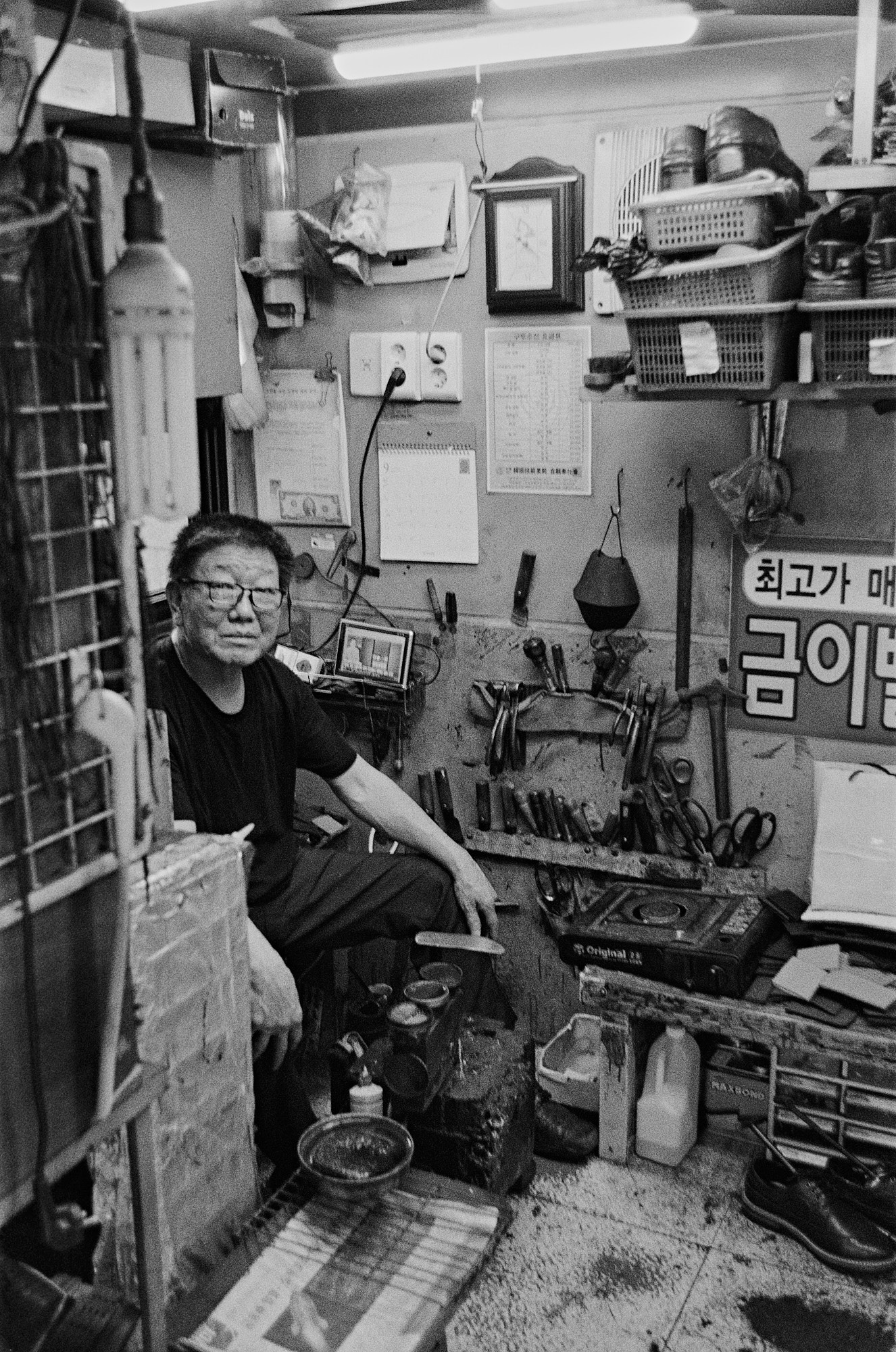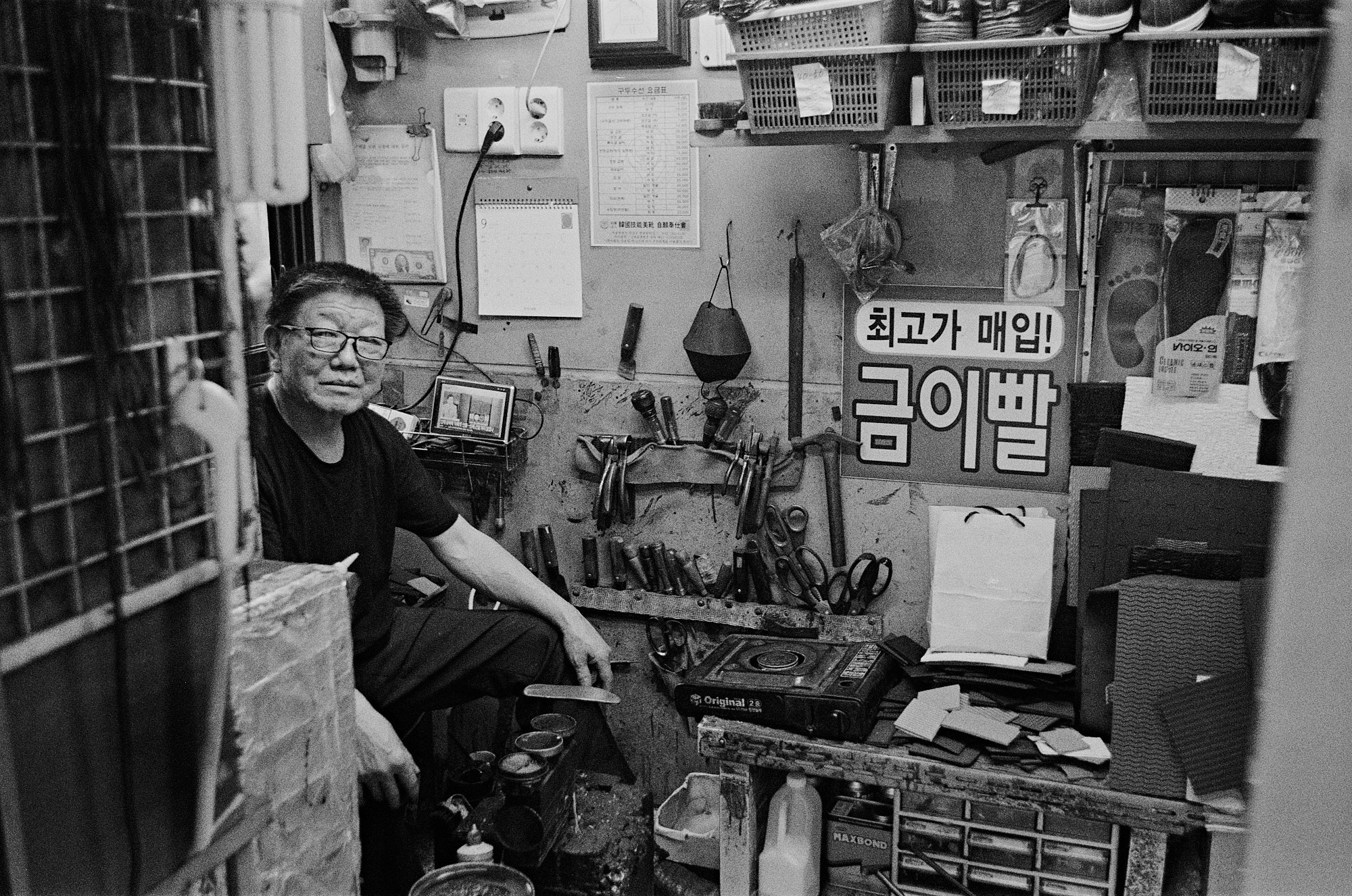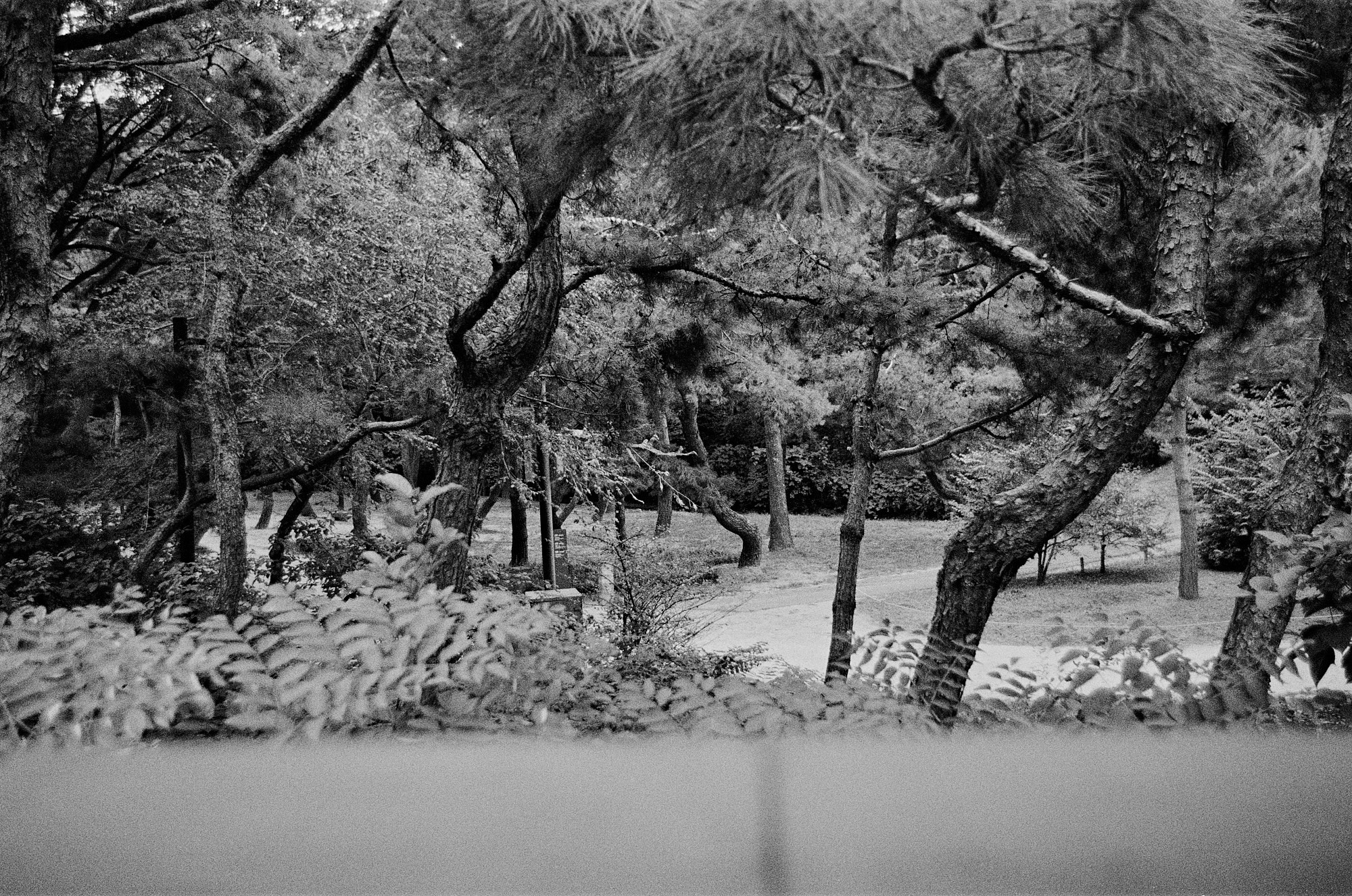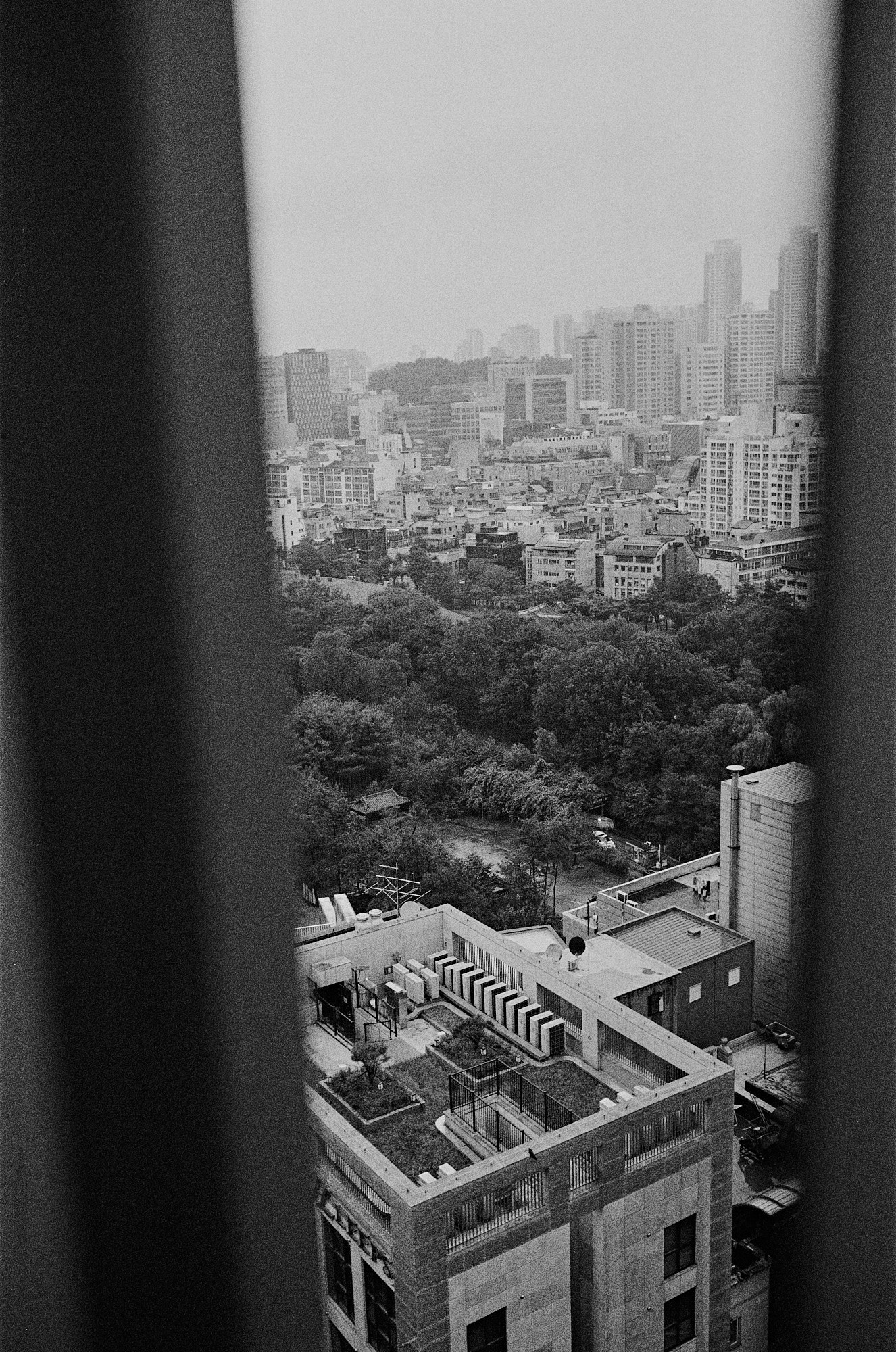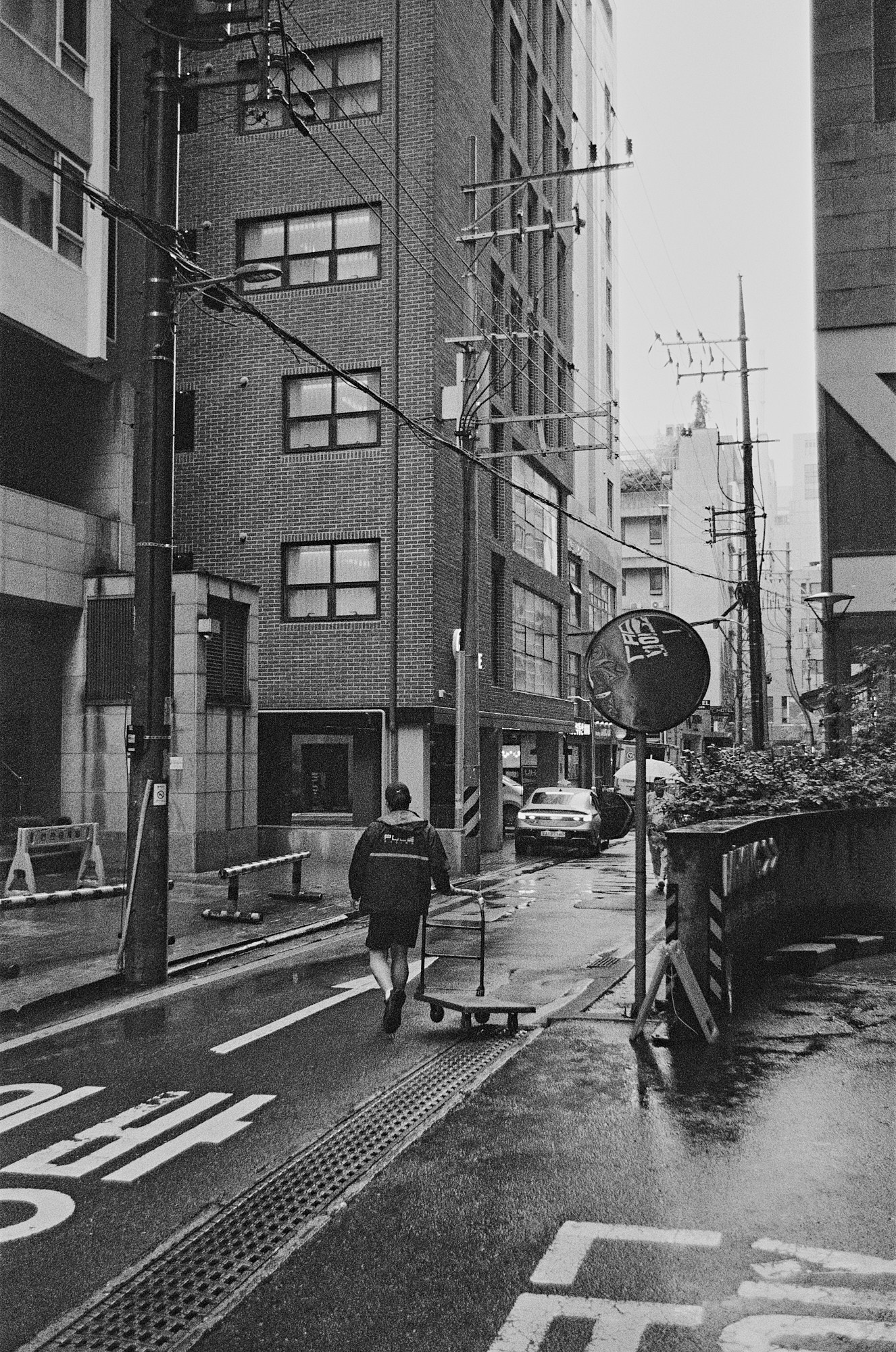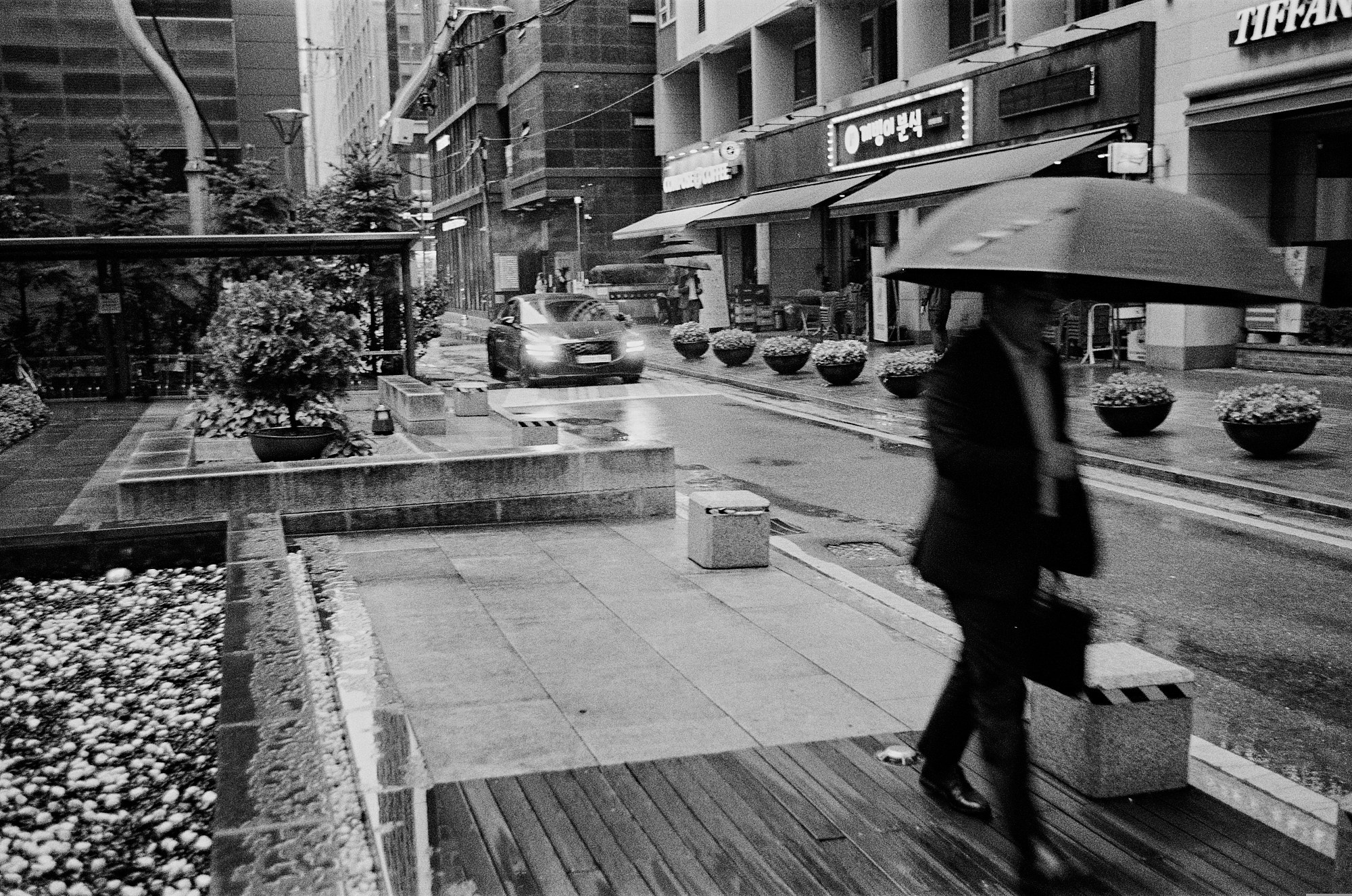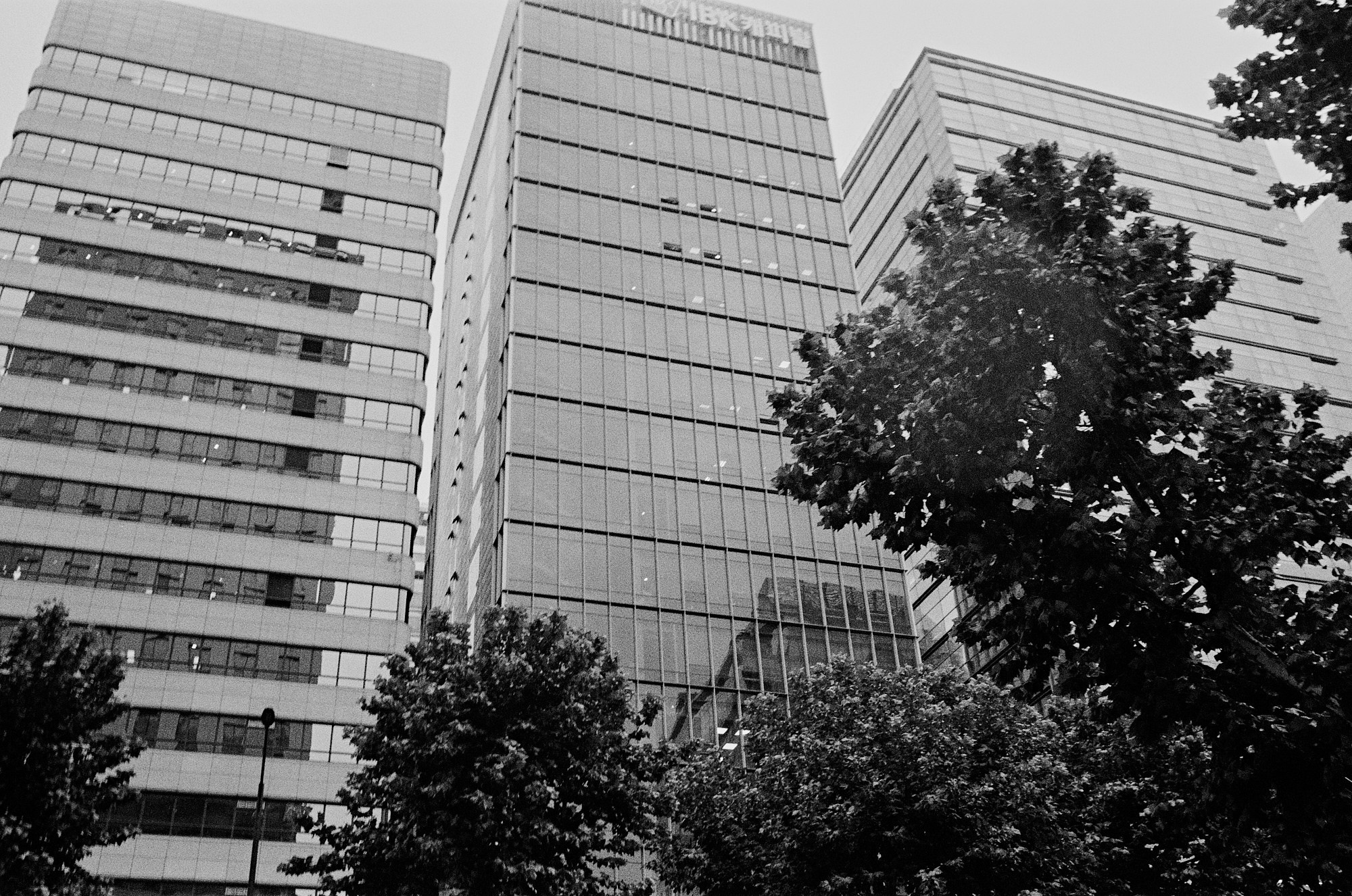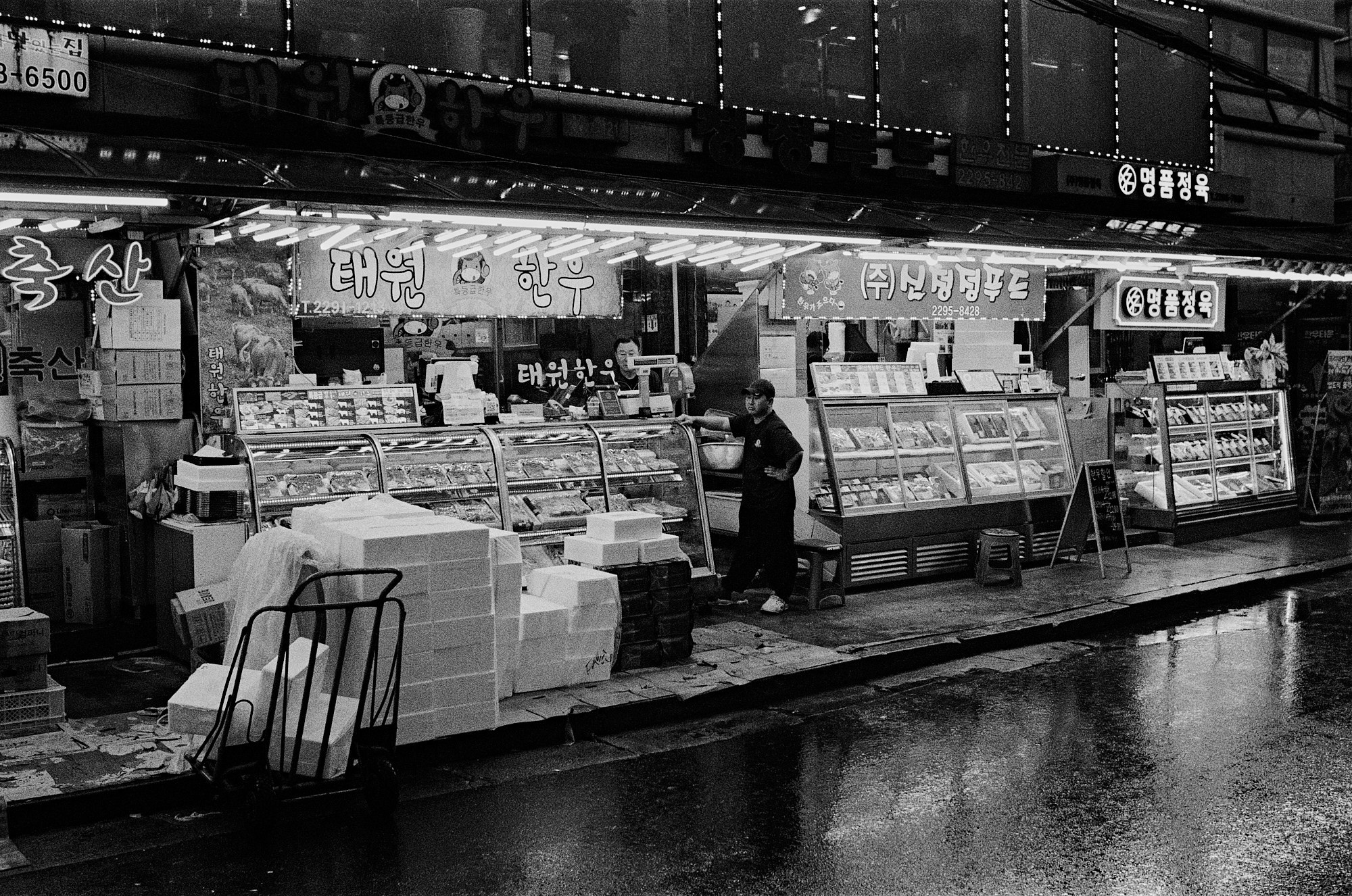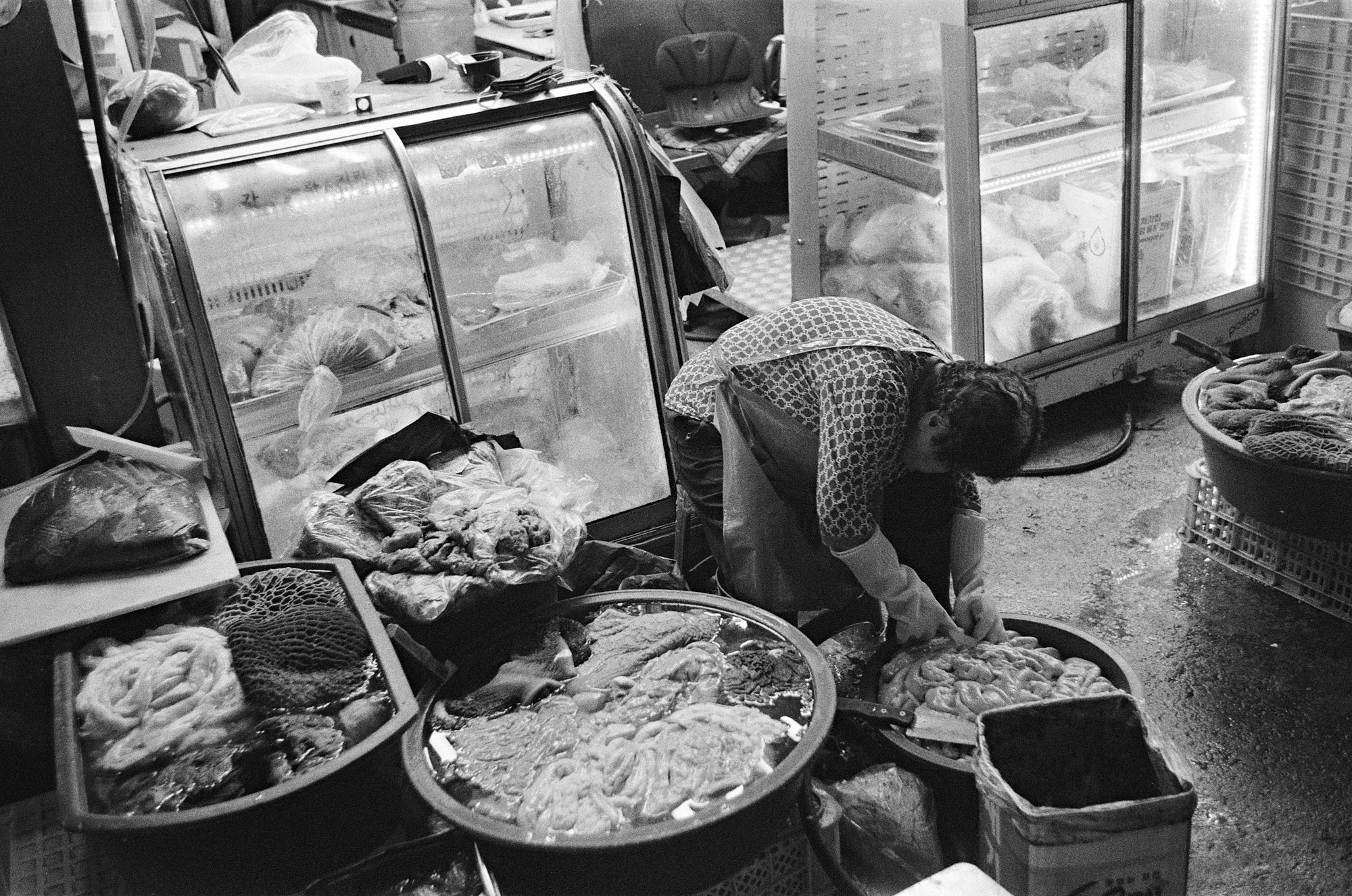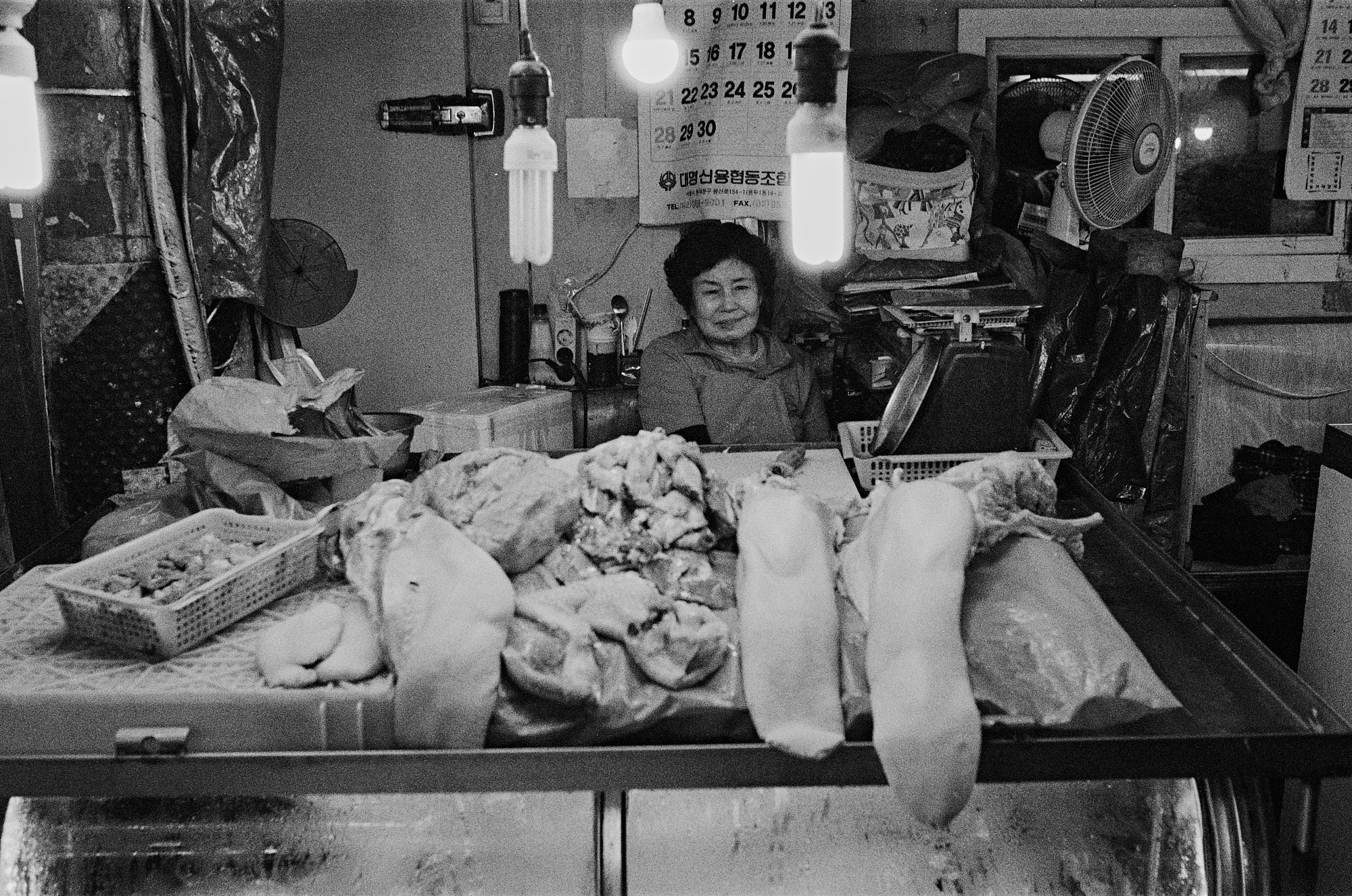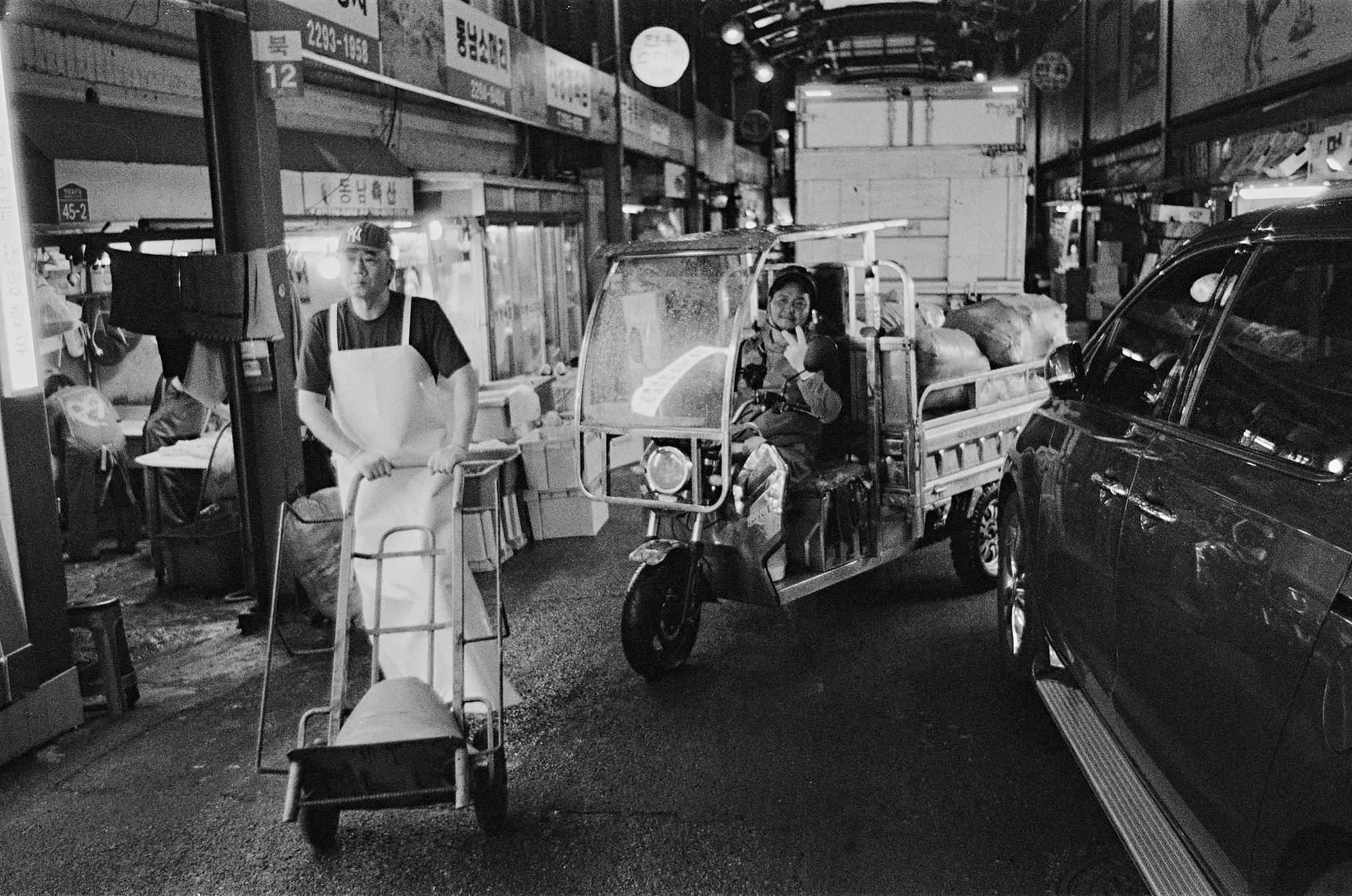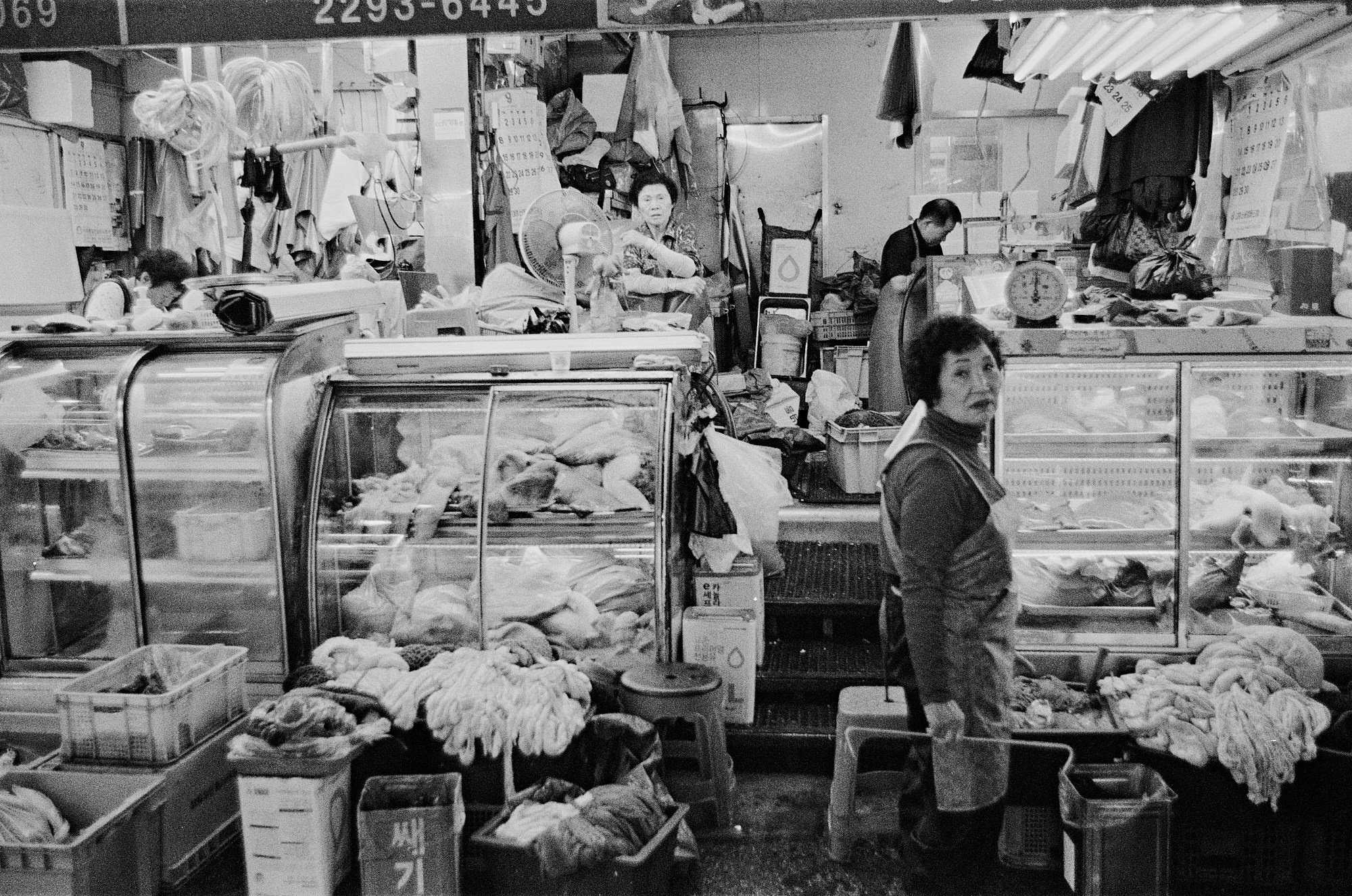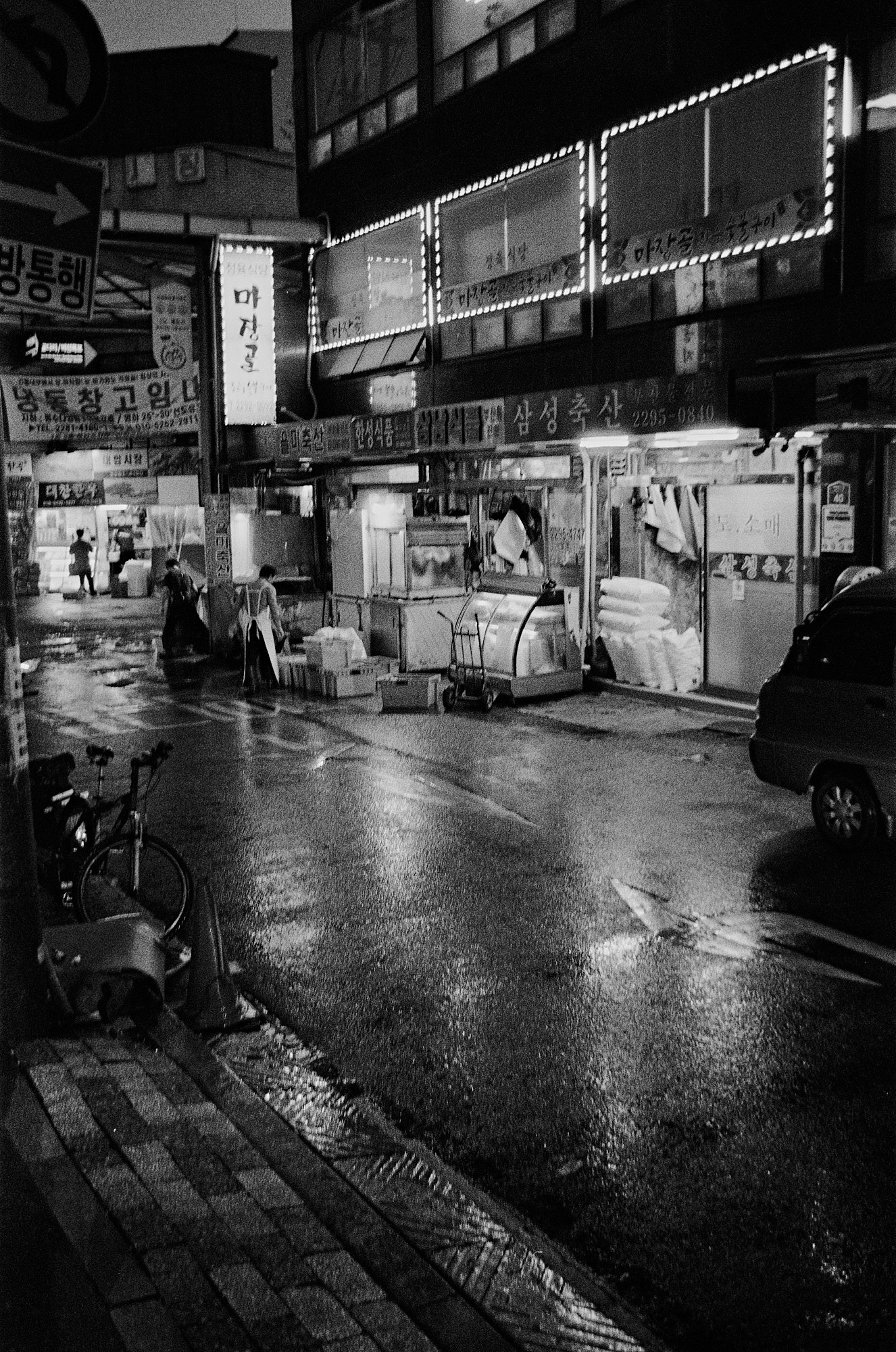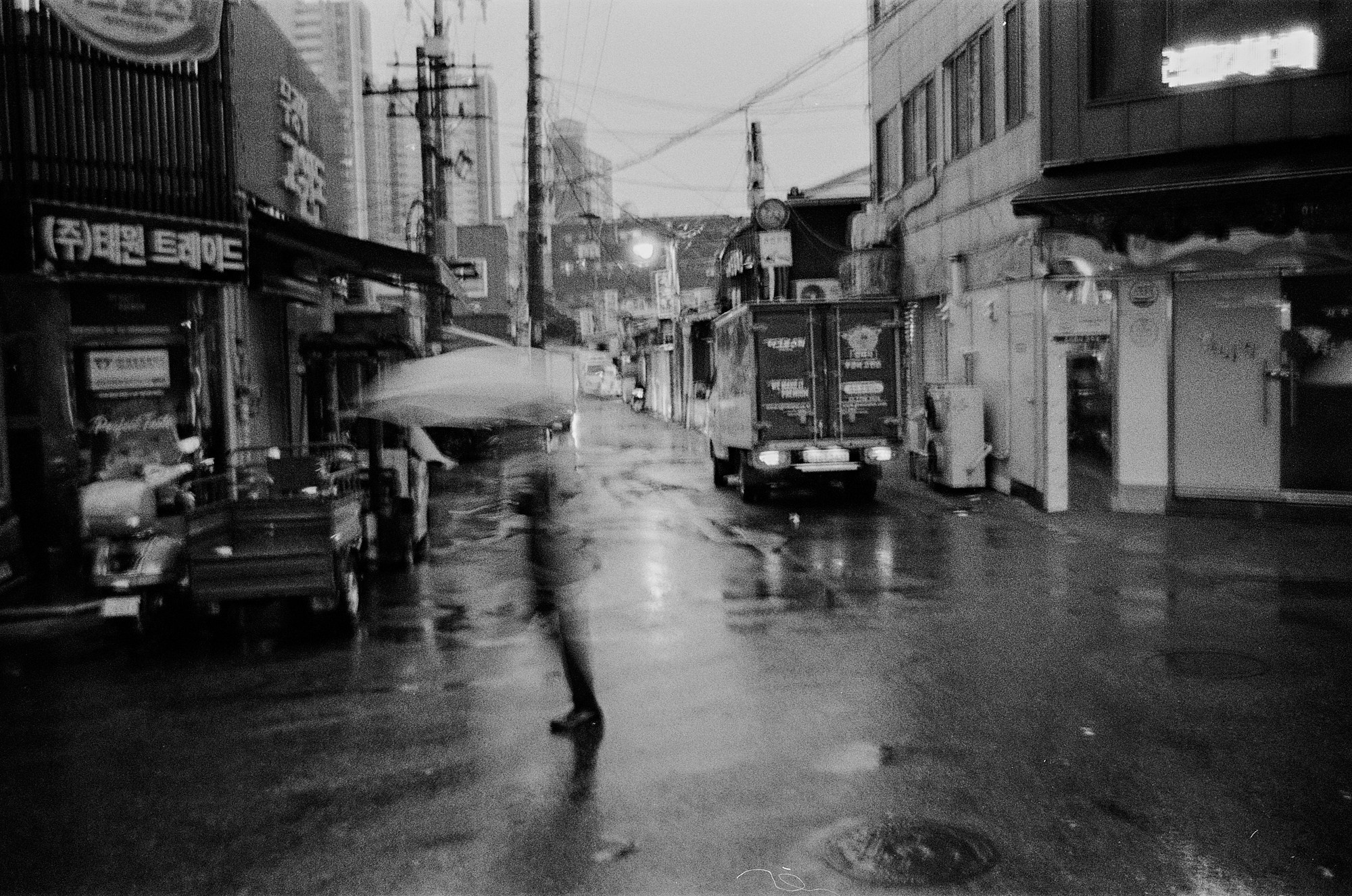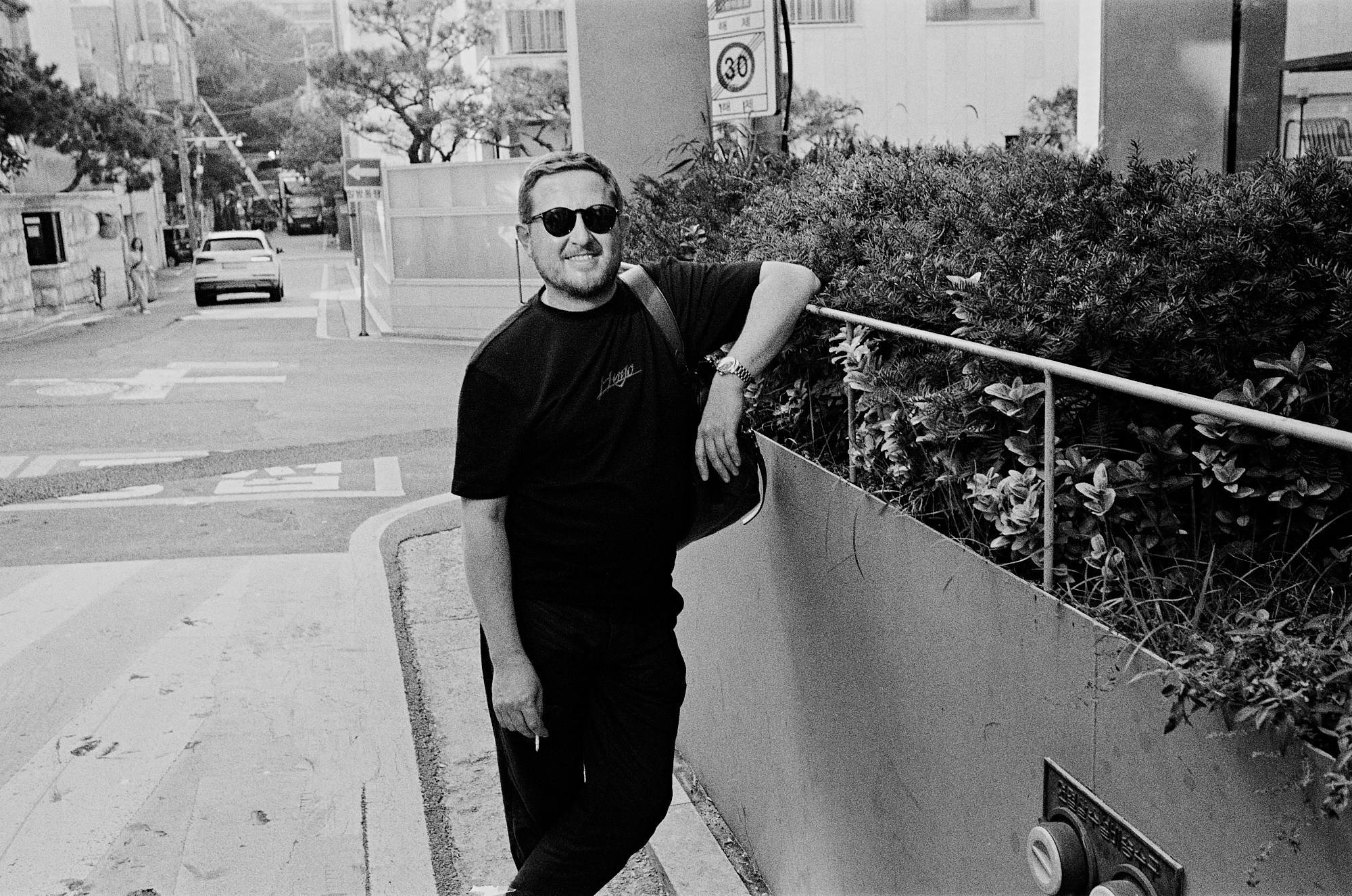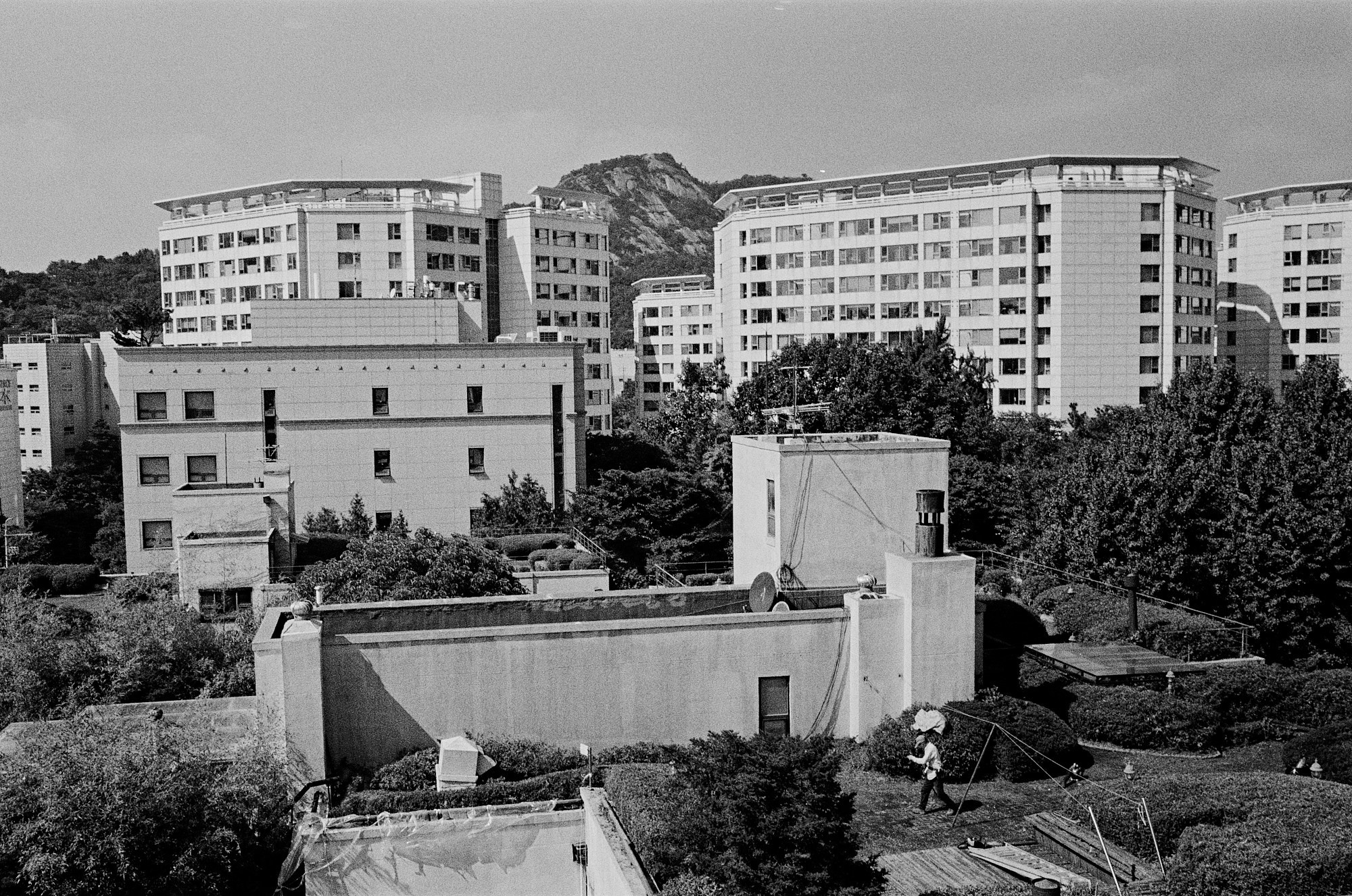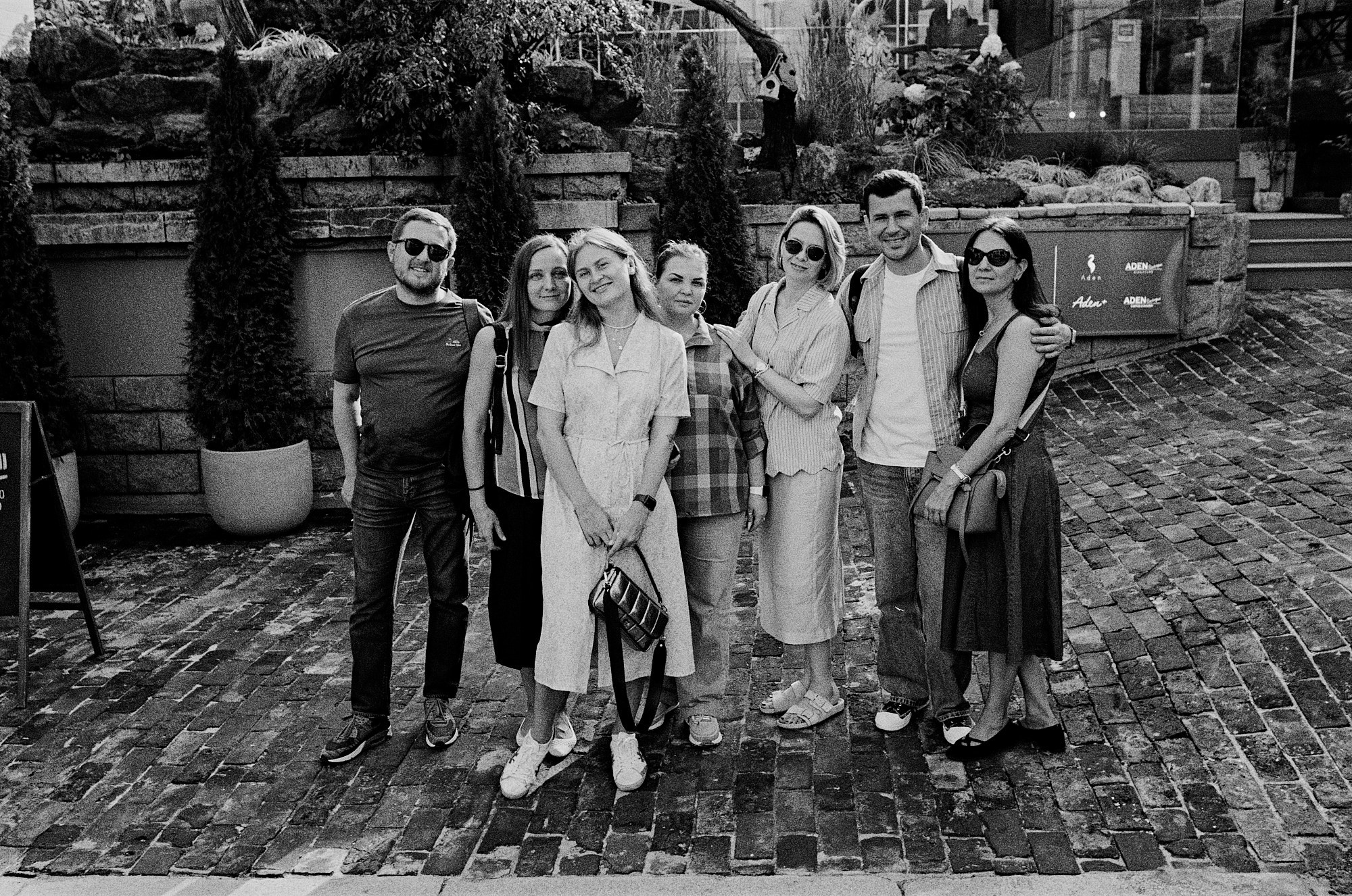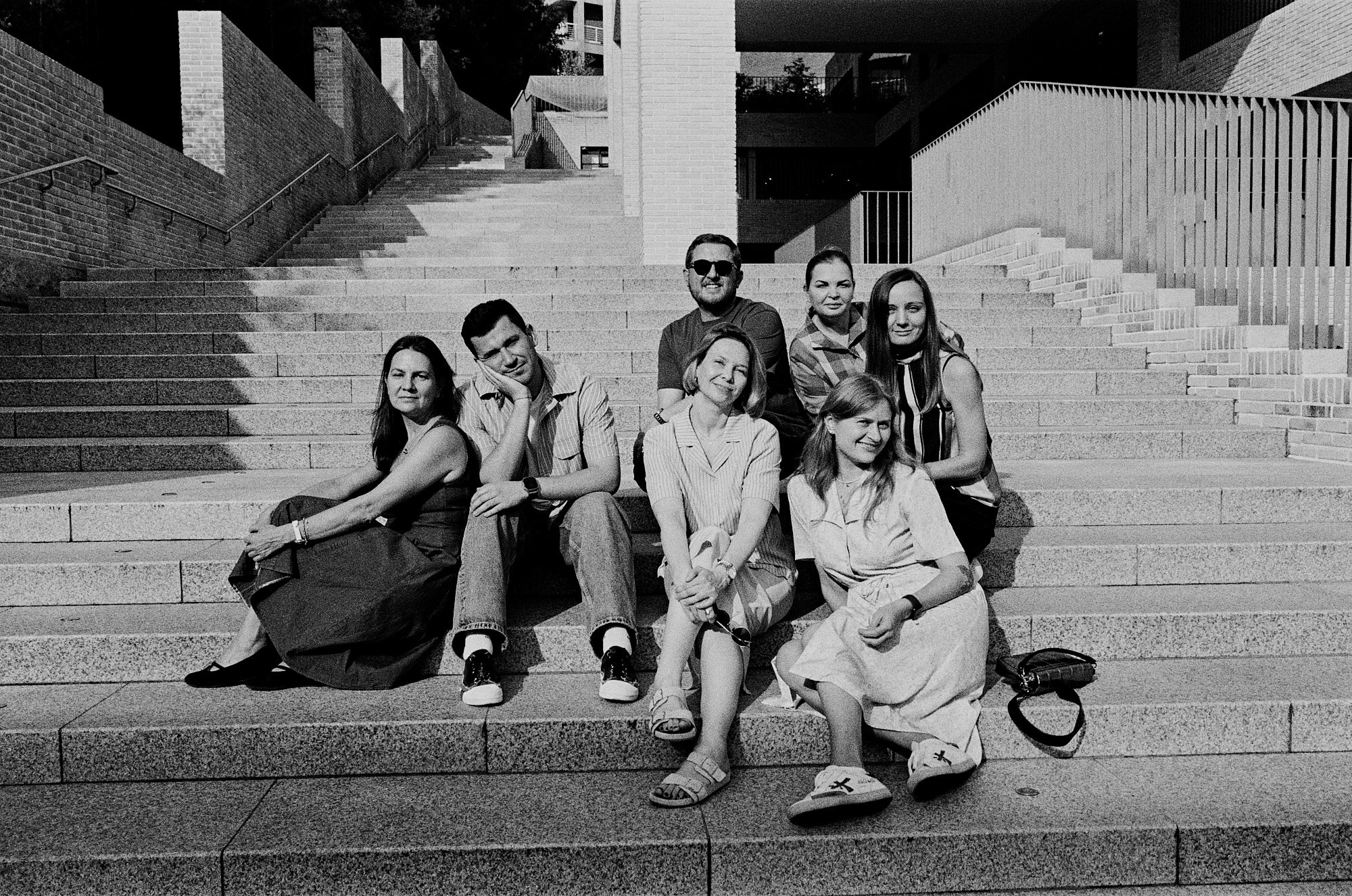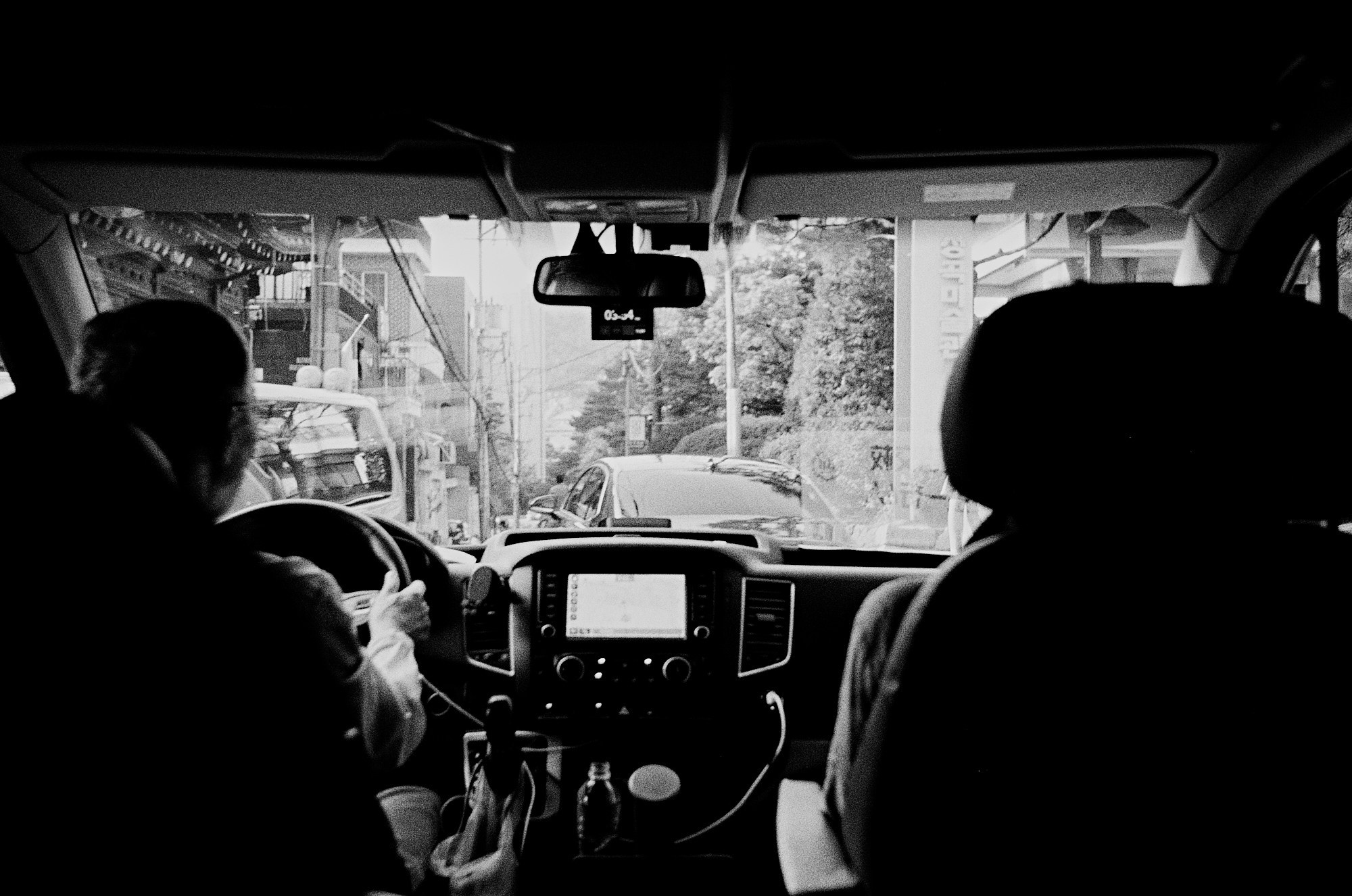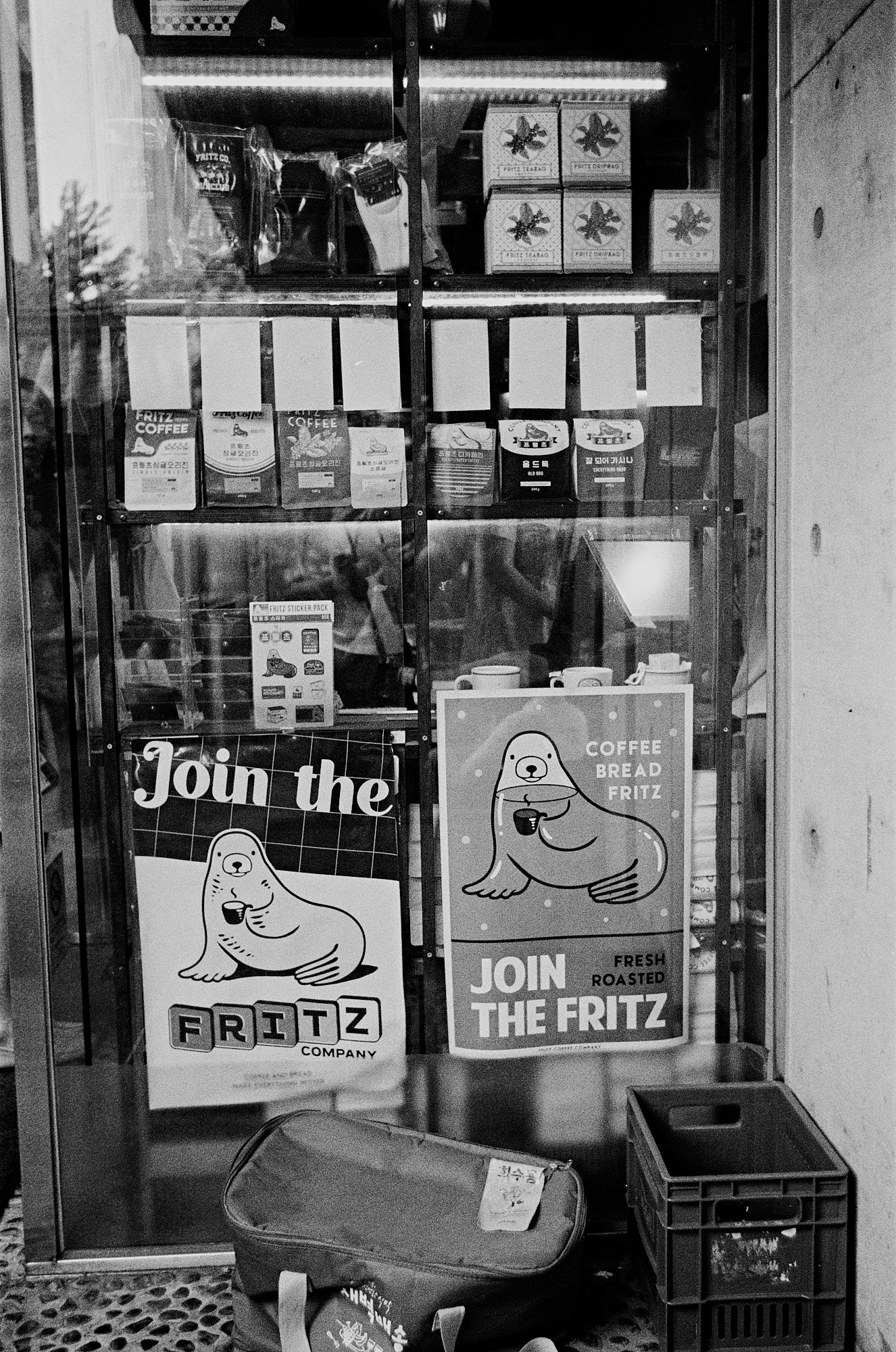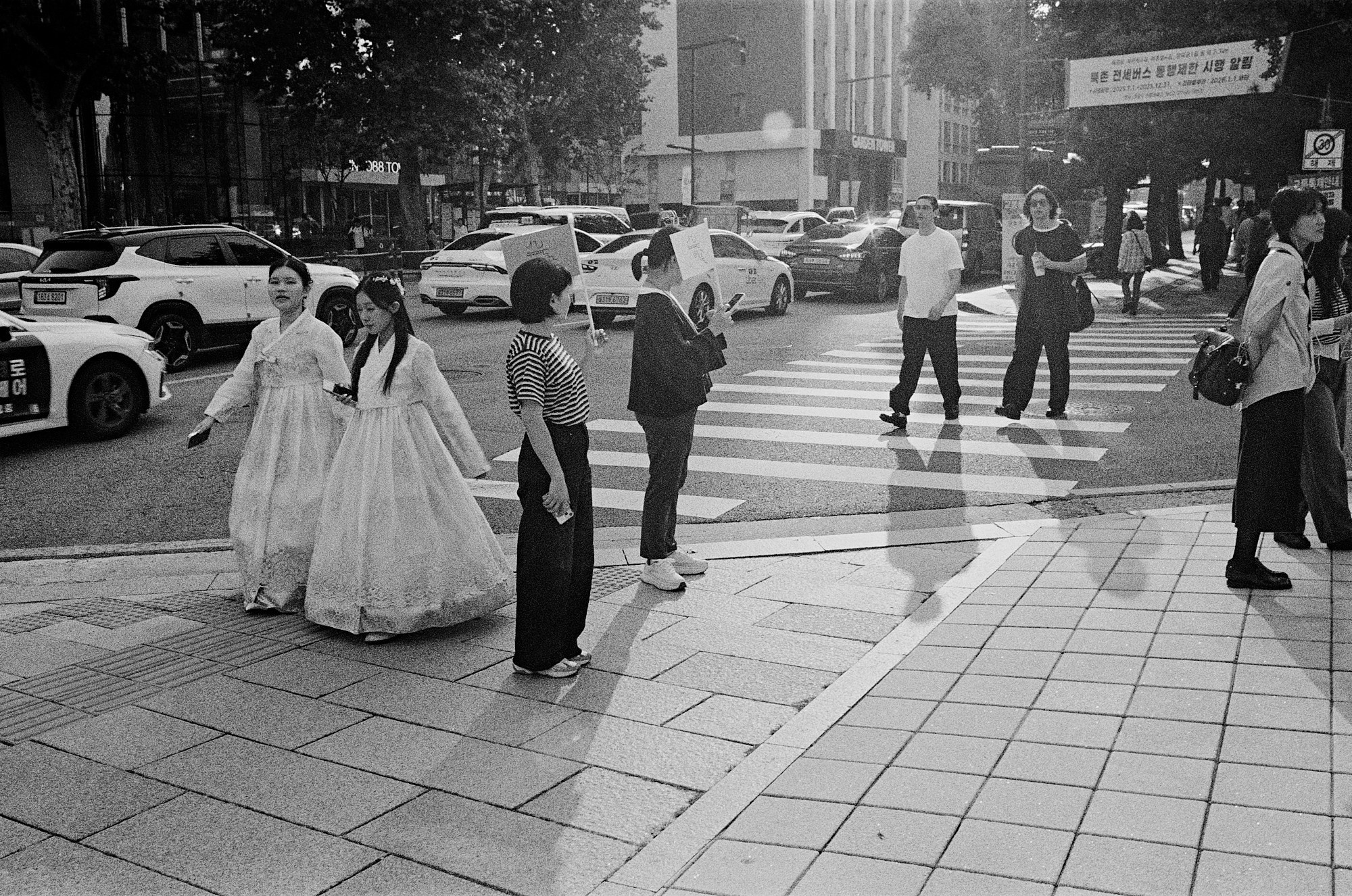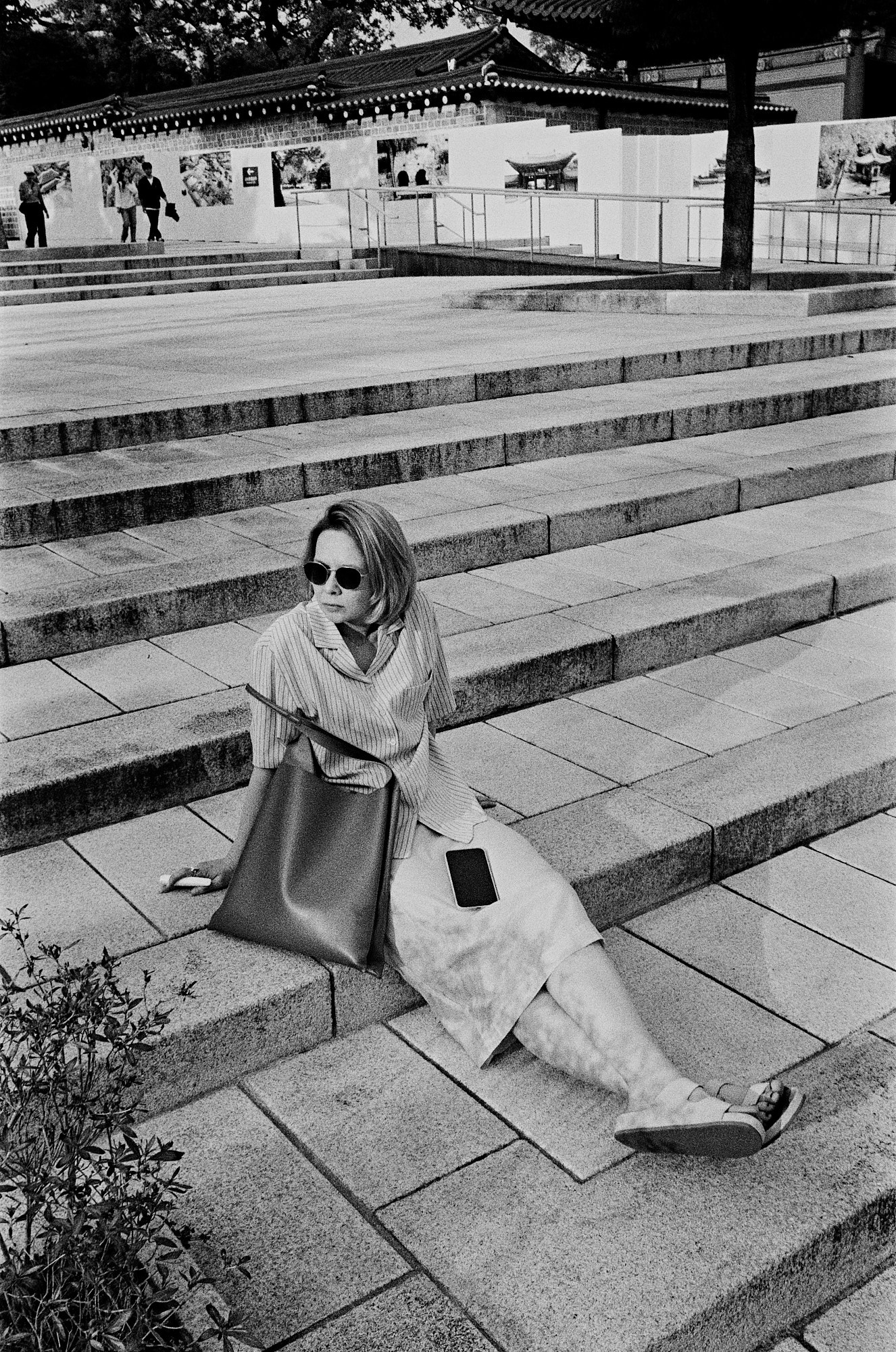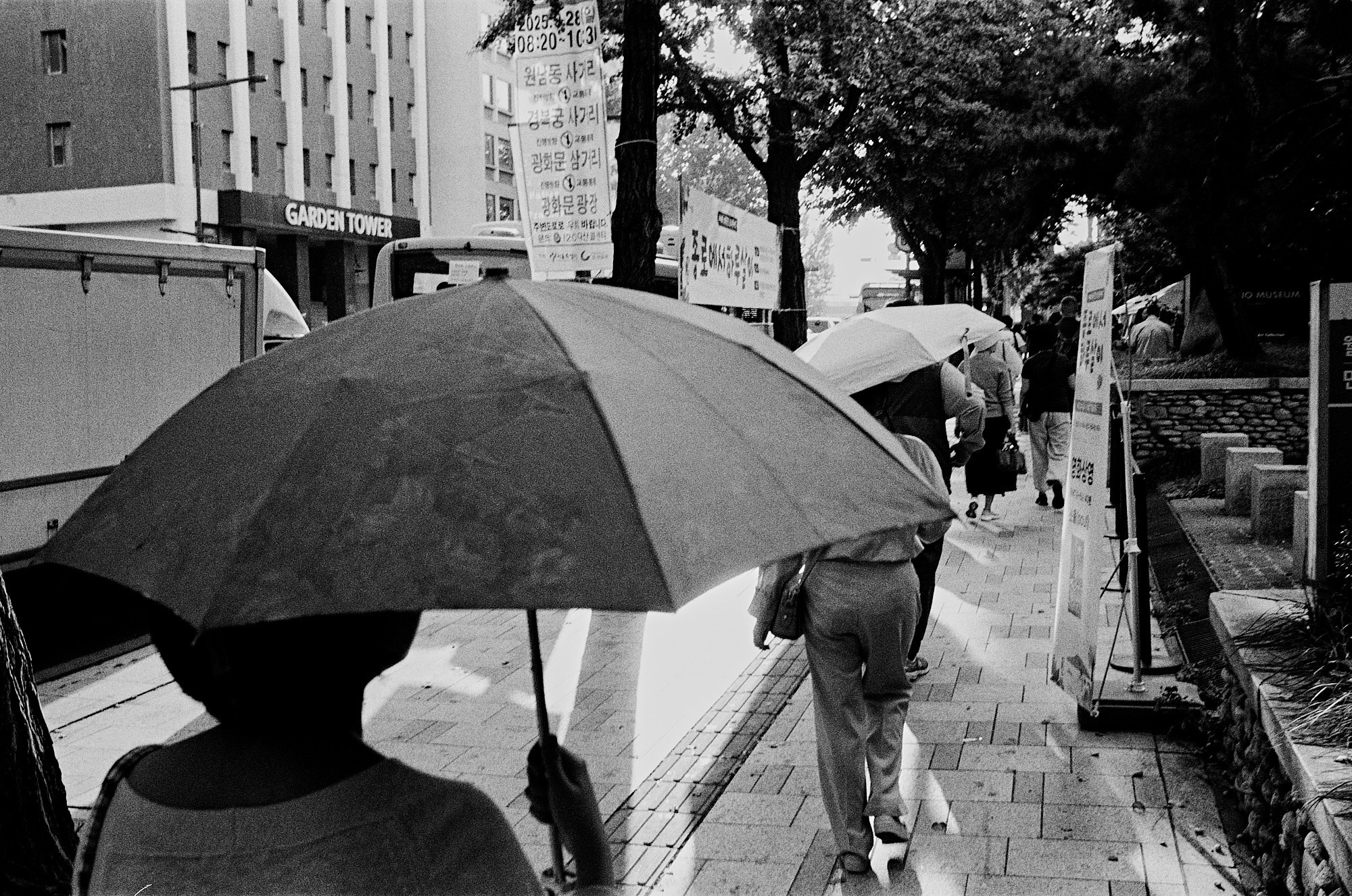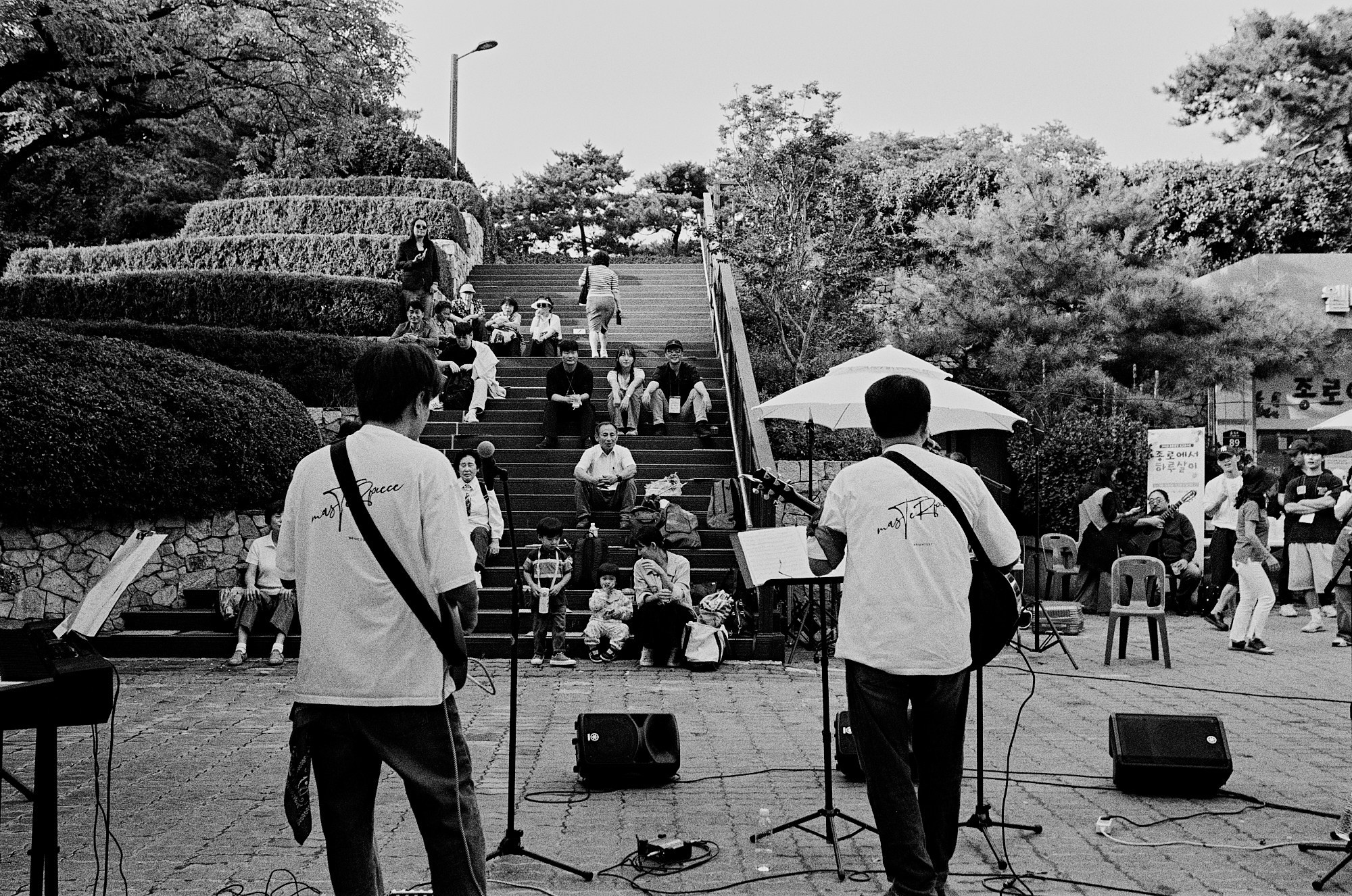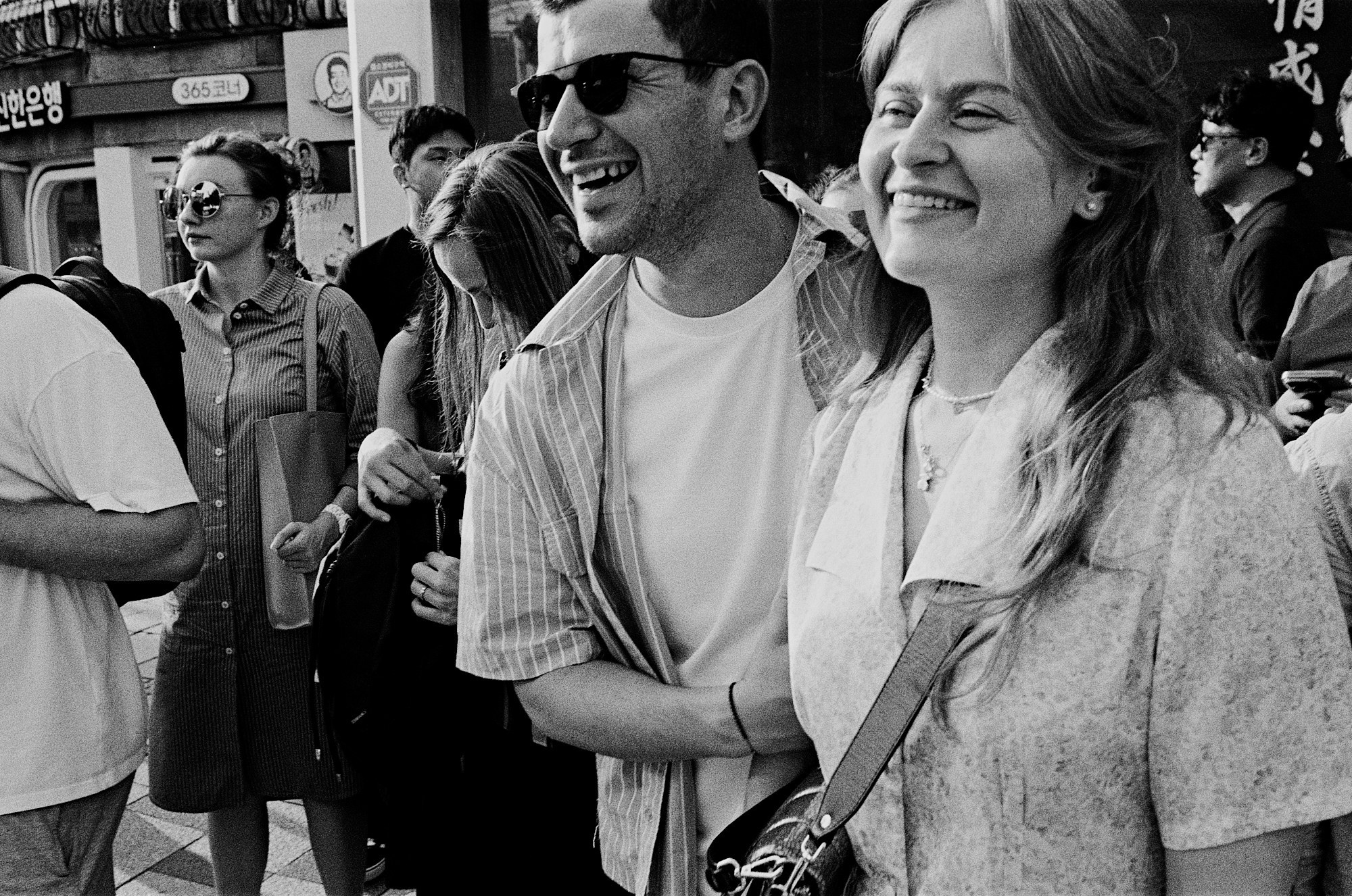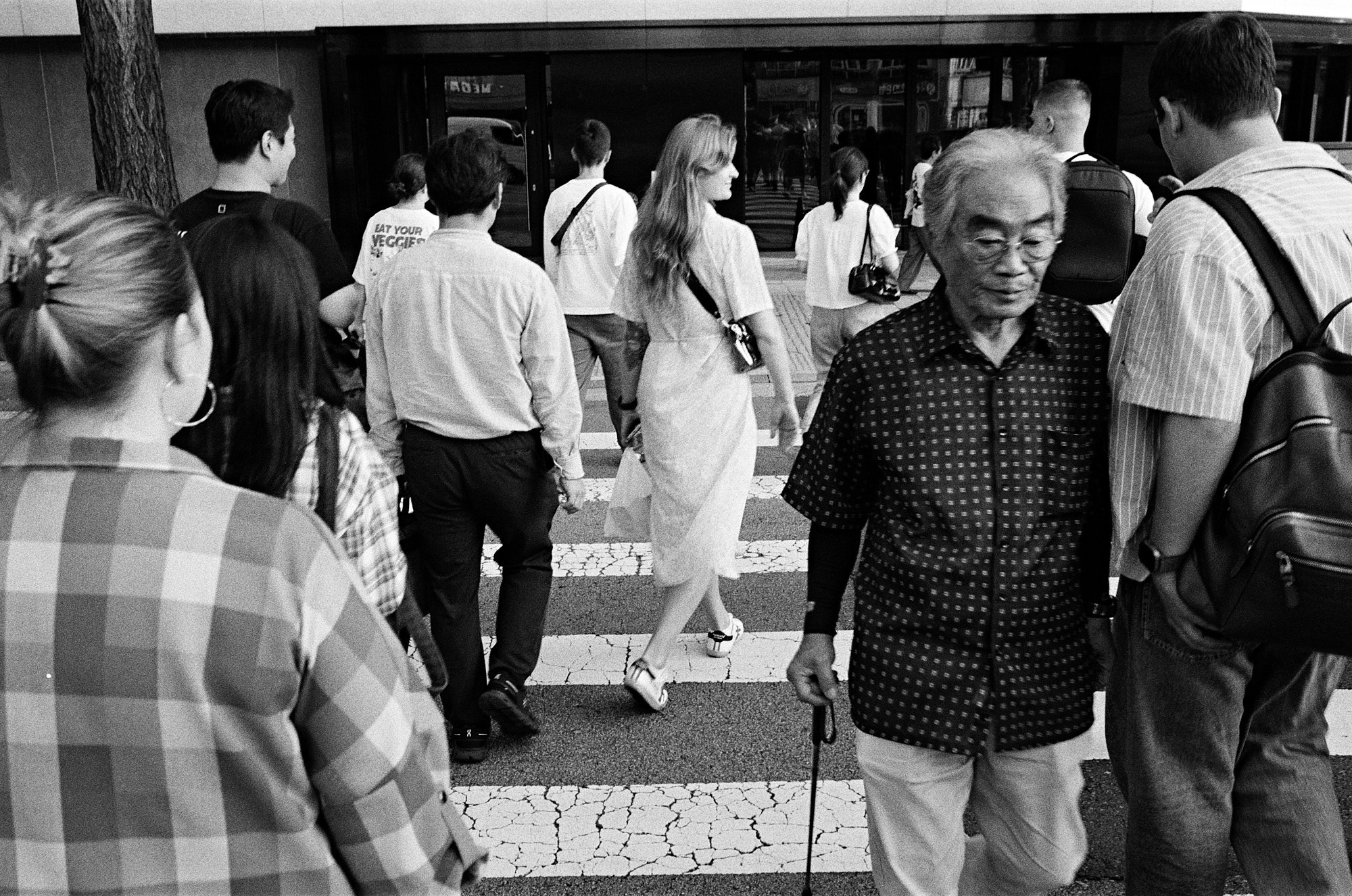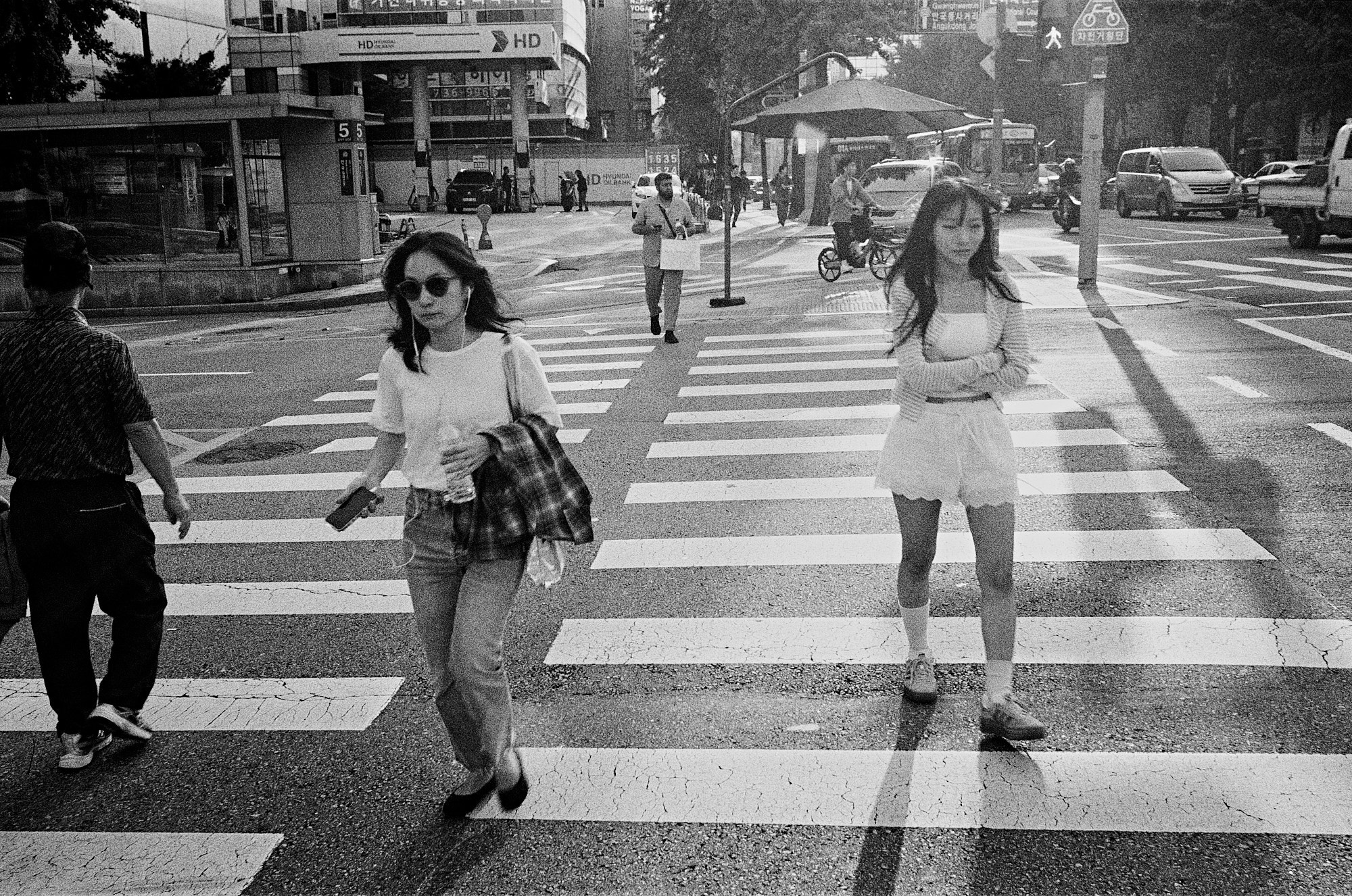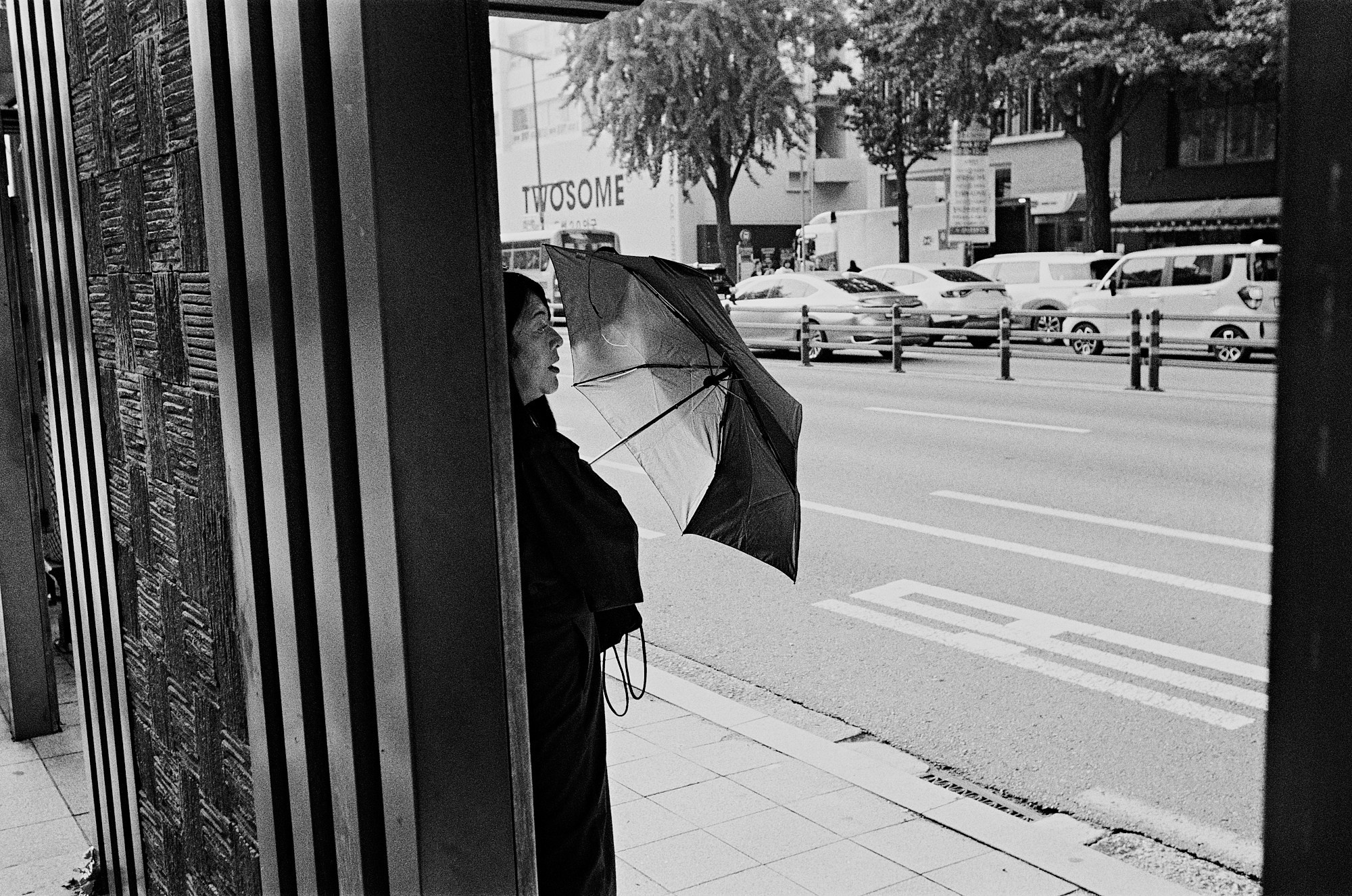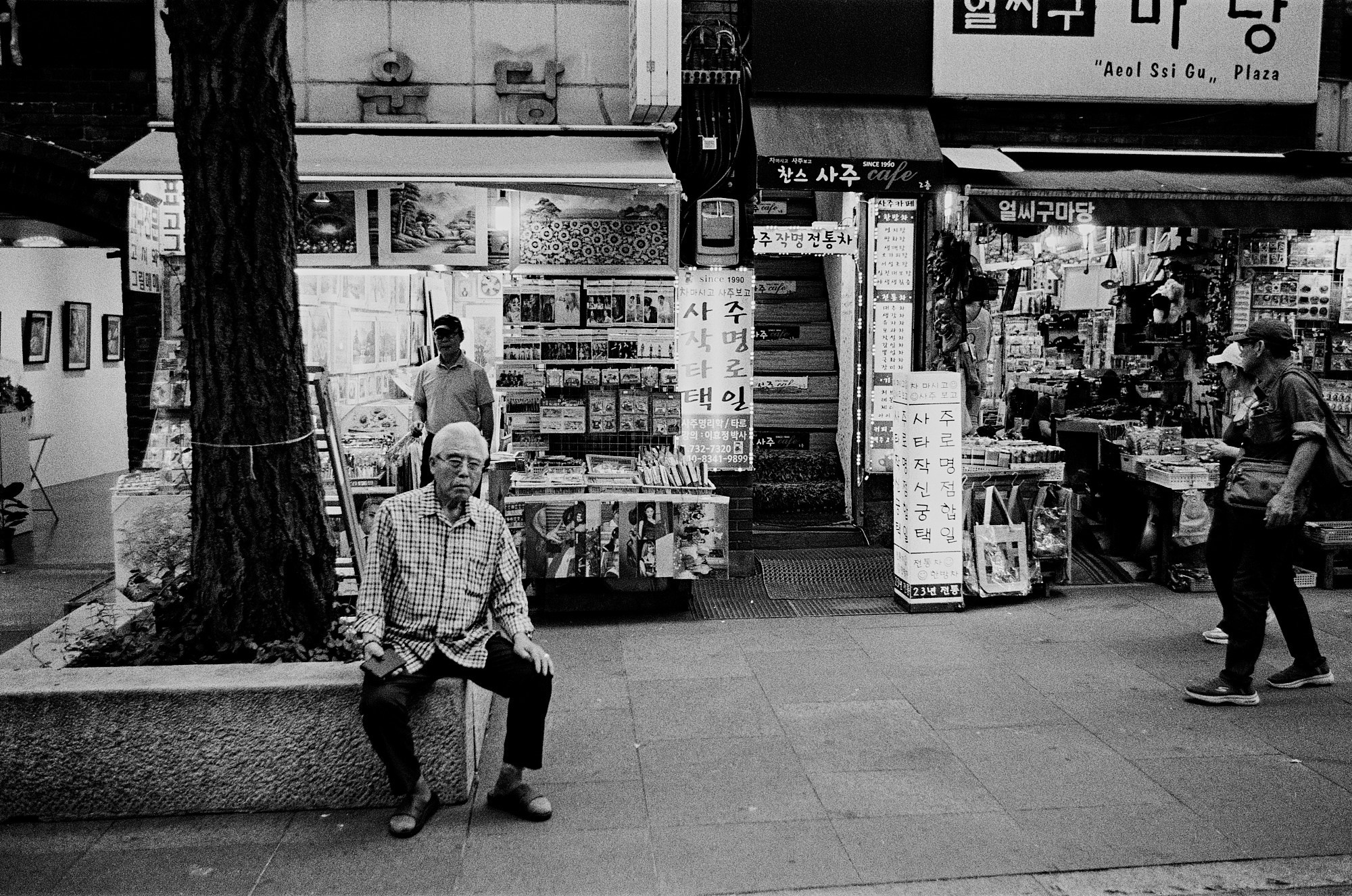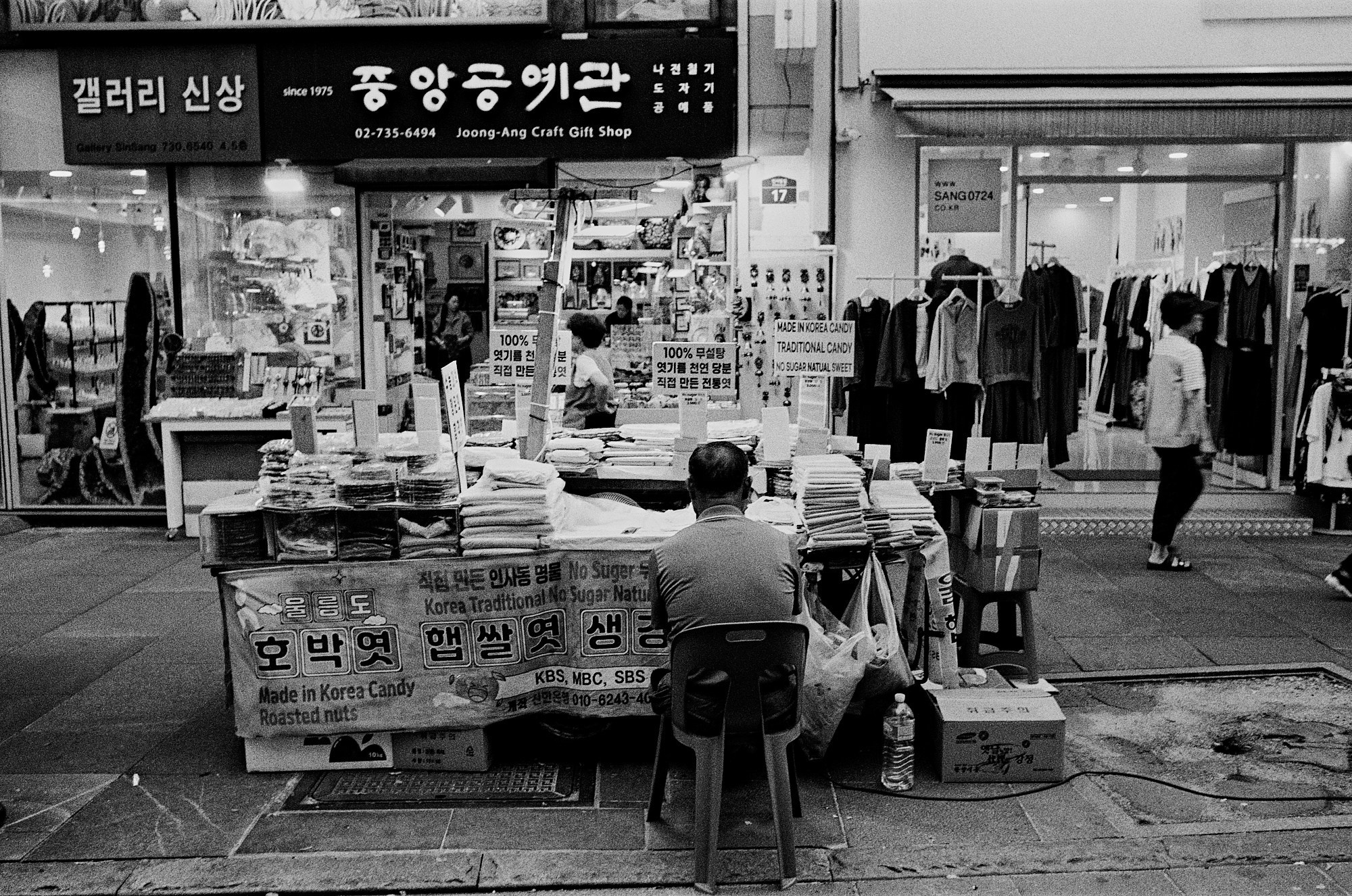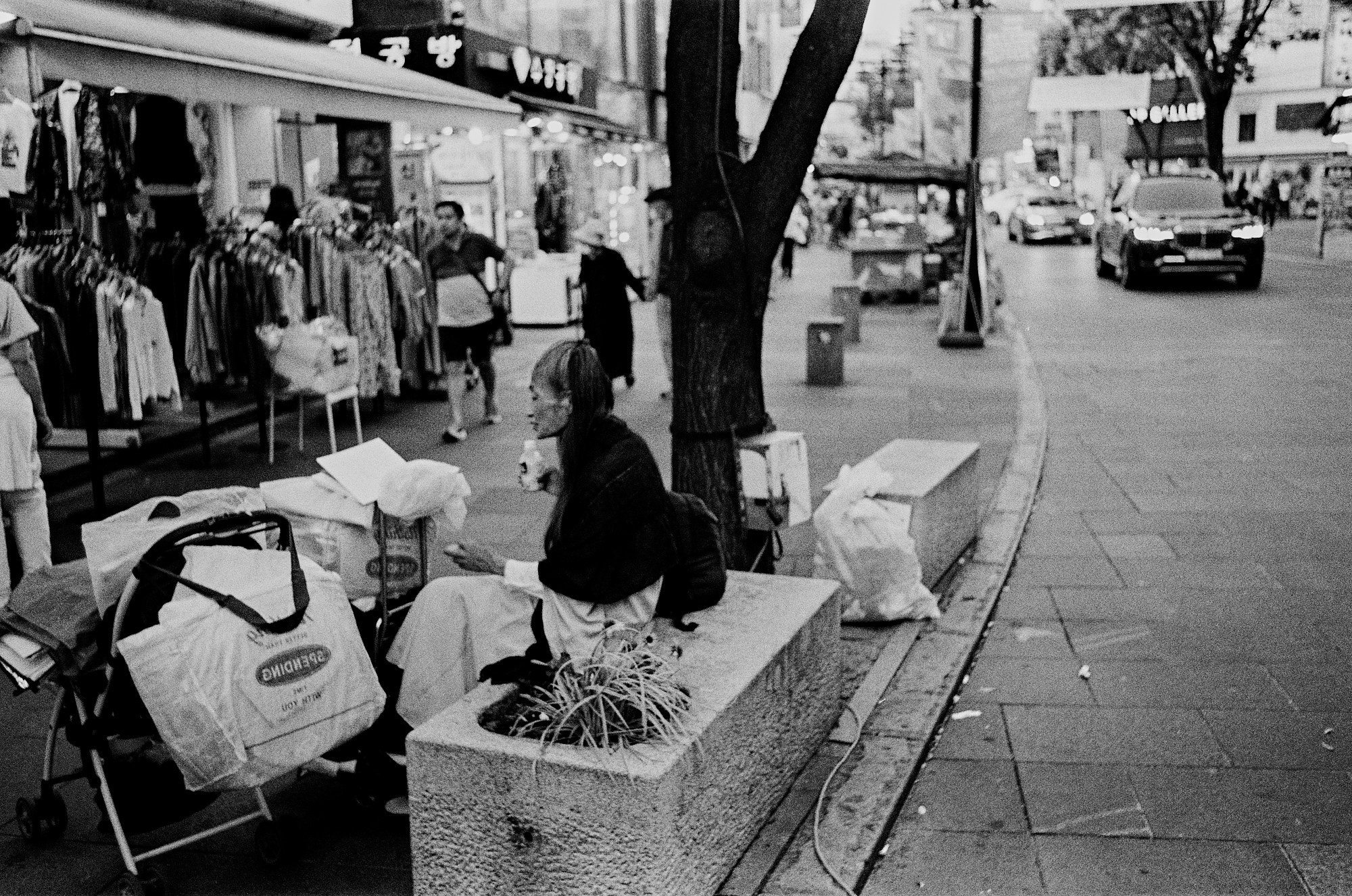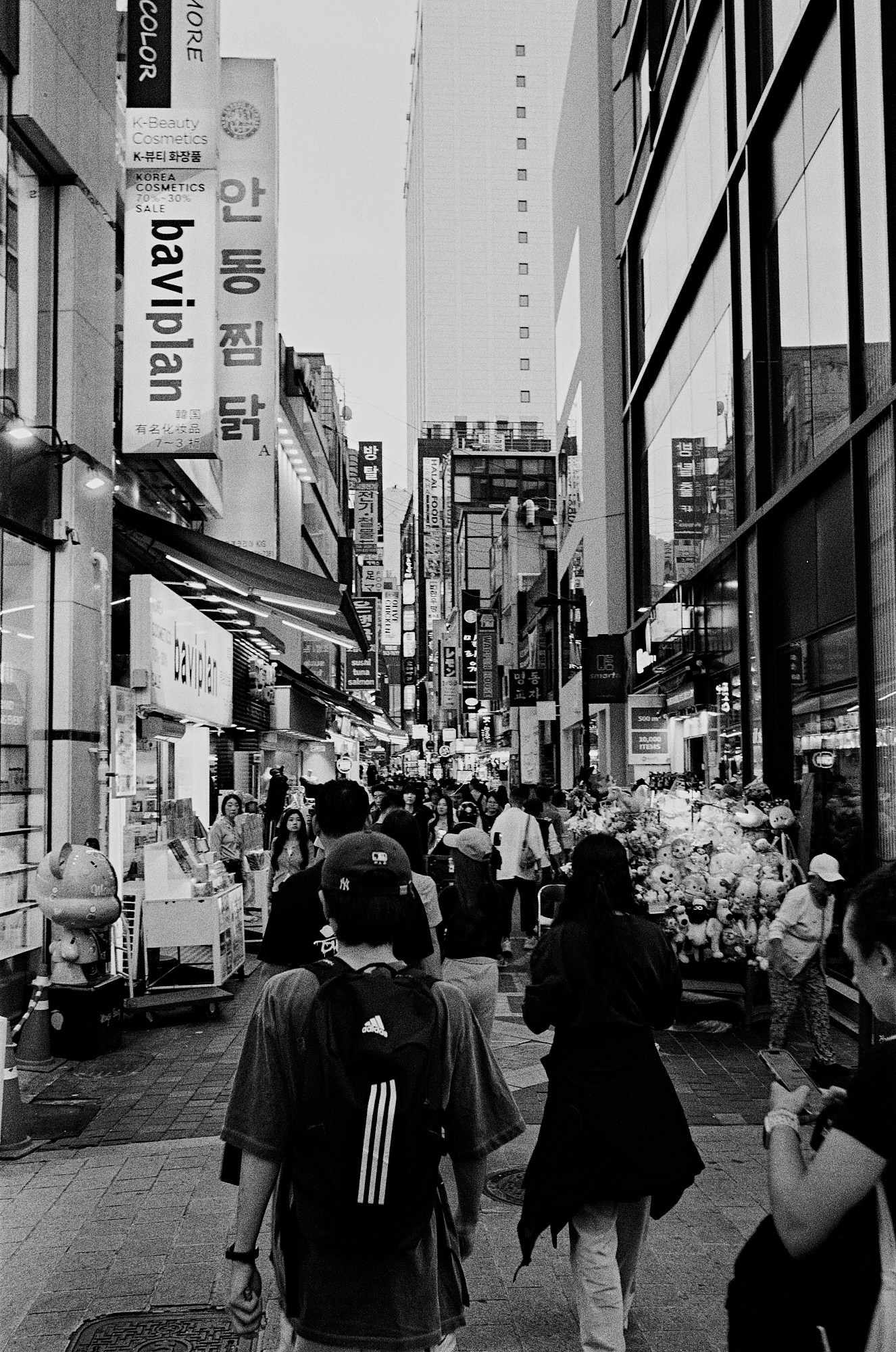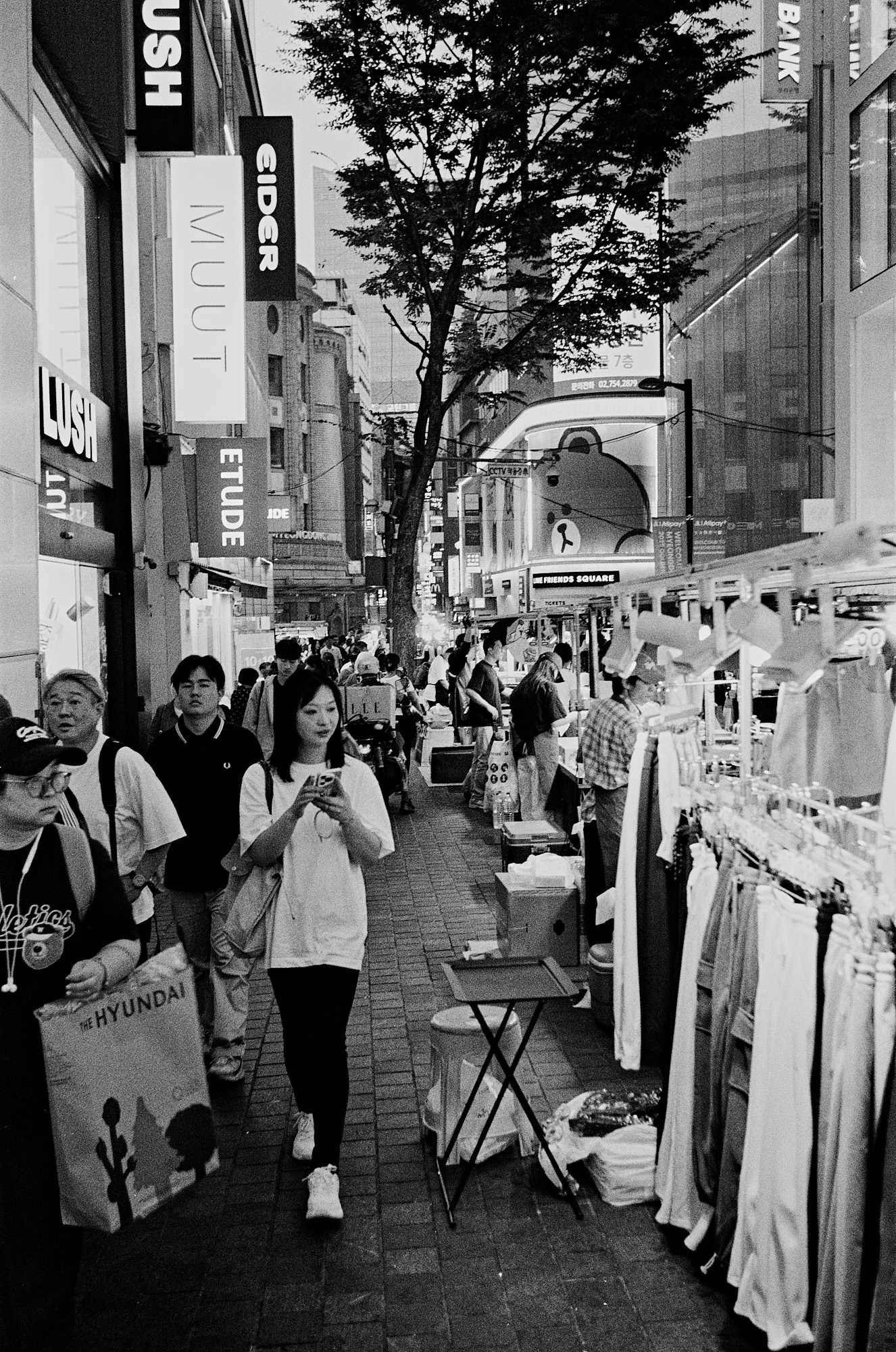It’s time to share the story of my trip to South Korea. I won’t say that I was completely preoccupied with thoughts about her, but the desire to understand the cultural code of the country — the one that lives on the menu of Thirst—was strong. I wanted to hear it firsthand, from the creators.
At the Megustro gastronomic forum in St. Petersburg on October 2, I said that it is impossible to know the taste of cuisine without first understanding its cultural roots. A palette of tastes is not born on its own — it is important to find yourself in it.
It all started with a long wait for the flight to Sheremetyevo: 4.5 hours. Our “plan carpet” was gradually melting, a walk in Beijing was slipping through my fingers. The man next to him was munching on a pate with the smell of old canned food, a pastry, or a hot olivier salad in a bun. Every time I woke up, I saw the same runway lights. Finally— takeoff. Eight hours before Beijing, then a run for a transfer, two more hours — and here it is, Seoul. The bus and immediately the first restaurant of our gastronomic tour: Vinho, where we got together with colleagues from Coffeemania and under the guidance of Katya Pugacheva. Modern Korean cuisine, a team working like clockwork. The menu is updated every day — we have already missed the pasta with truffle. The first day turned out to be completely “sedentary”: flight, restaurant, bar. “Square ass” is what we called him.
In the evening there was Zest, one of the best bars in Asia and the world. It’s hard to imagine how much work is behind these high-profile titles. The best restaurant, the best bar is always about responsibility and endless creation.We stayed in the southern part of the city, at L7 Gangnam. Symbolically, but without “the one”.
The next day we had breakfast at the Standard Bread. Baking is great. There was a lake of bitter melted chocolate in one loaf, and salted butter in the other. We were hungry and ordered five (!) frying pans with fried eggs, meatballs and truffle cream with bacon. It’s a good thing it’s not eight, as we originally planned. Yes, there were eight of us: Arthur, Vika, Kostya, Katya, Vika, Katya, Tanya, and me. Nastya, the guide, was with us — special thanks to her for her patience and endless stories.Koreans are real fans of coffee. Coffee shops are on every corner, and not just for show, but very decent, with passion and search. Iced coffee, bubble, unexpected variations — everything is found.Lunch — Toc Toc restaurant, with Michelin regalia and European accent. Honestly, local pasta is a controversial experience for me, but the experience is still important.
Born and Bred. The very restaurant that was worth going to Korea for. The fundamental link between the master of the meat business and the chef, working with marbled Hanu beef. In terms of marbling, it is inferior to Japanese Wagyu, but the sweetness of taste and originality make it unique. A symbiosis that cannot be confused. The restaurant is located right on the market, among the rows of meat and offal. The first floor is a la carte, the second is just a set. We ended up there. Fourteen innings: from nose to tail. Broth from the head, tartare from the rump, machete on the grill, striploin like asado. Each dish is highlighted with kimchi, sprouts, and sauces. The cooking at the table, the stories, the service — everything is impeccable. It is especially valuable to me that the chef and the butcher became interested in our approach to meat, the fermentation chamber with mold, and did not rule out a visit. It was a meeting on the same wavelength: to exchange experiences, views, and philosophy. If you’re there, say hello!
The last evening (and there were only three) we spent simply: plastic chairs at Sevel Eleven, limited-edition soju and champagne. We talked, laughed, shared our impressions, and ate kimchi. Three days, of course, is not enough to unravel the Korean soul. But it was enough to feel the balance: rebellion and tradition, love of fermentation and respect for a foreign culture. It is not customary to shake hands at a meeting here, but you can always smile and bow.
Many thanks to Katya Pugacheva for organizing the trip and to Nastya for the incredible stories.한국에 오신 것을 환영합니다
Thanks for watching

